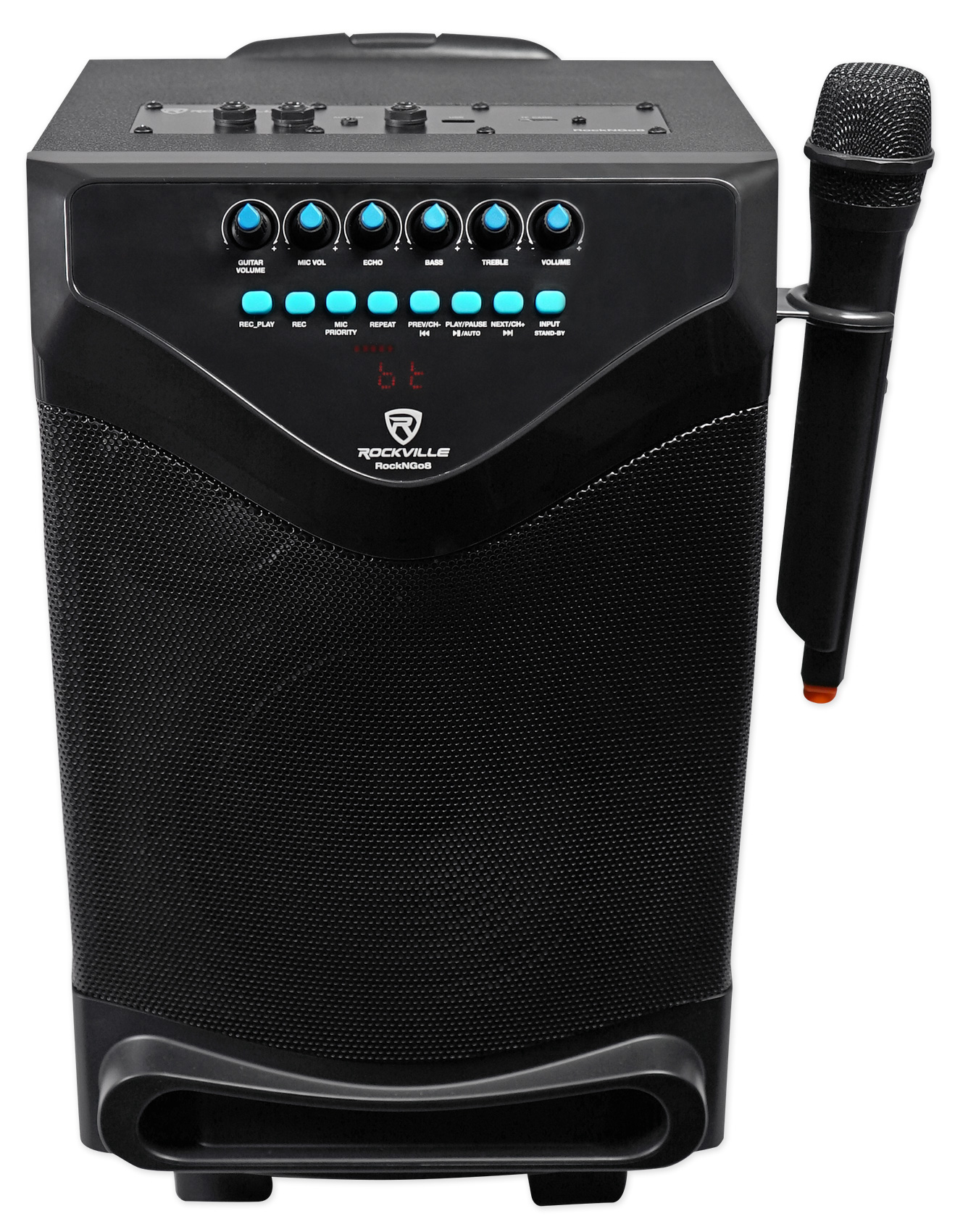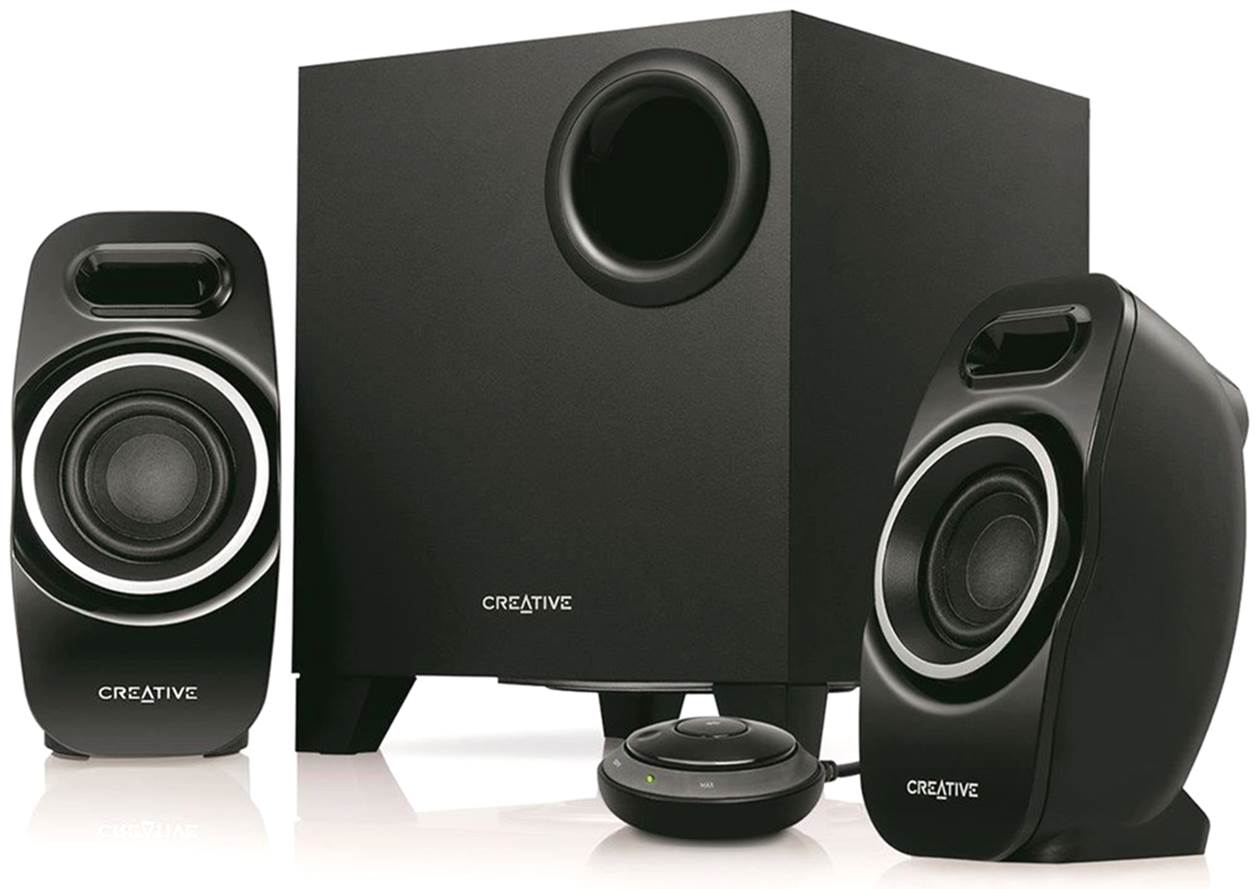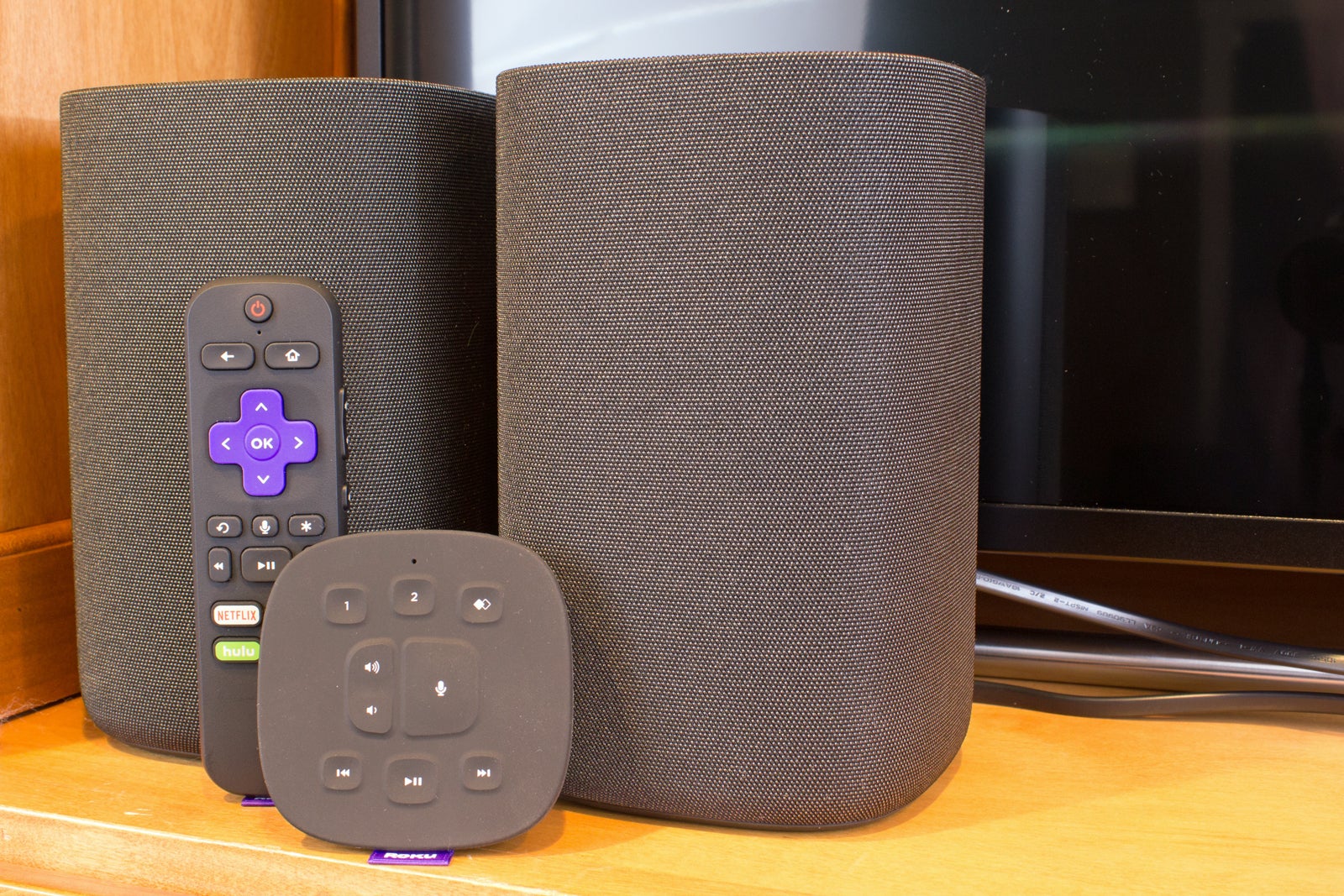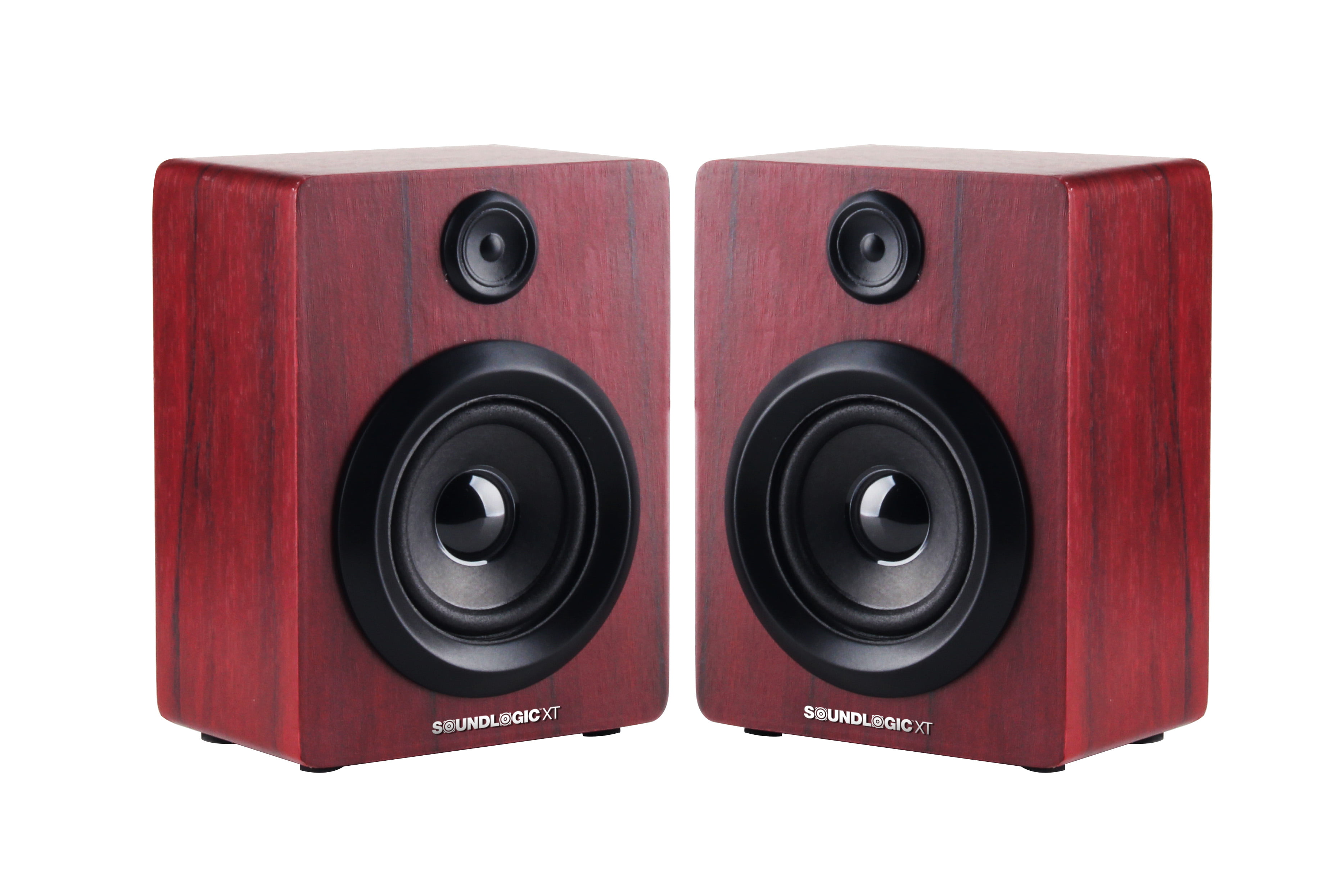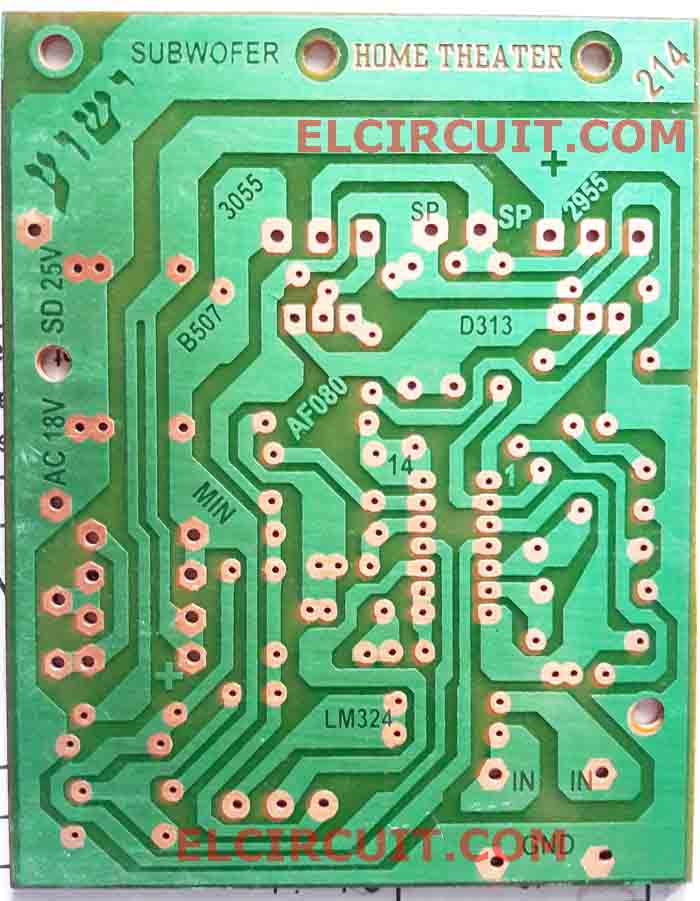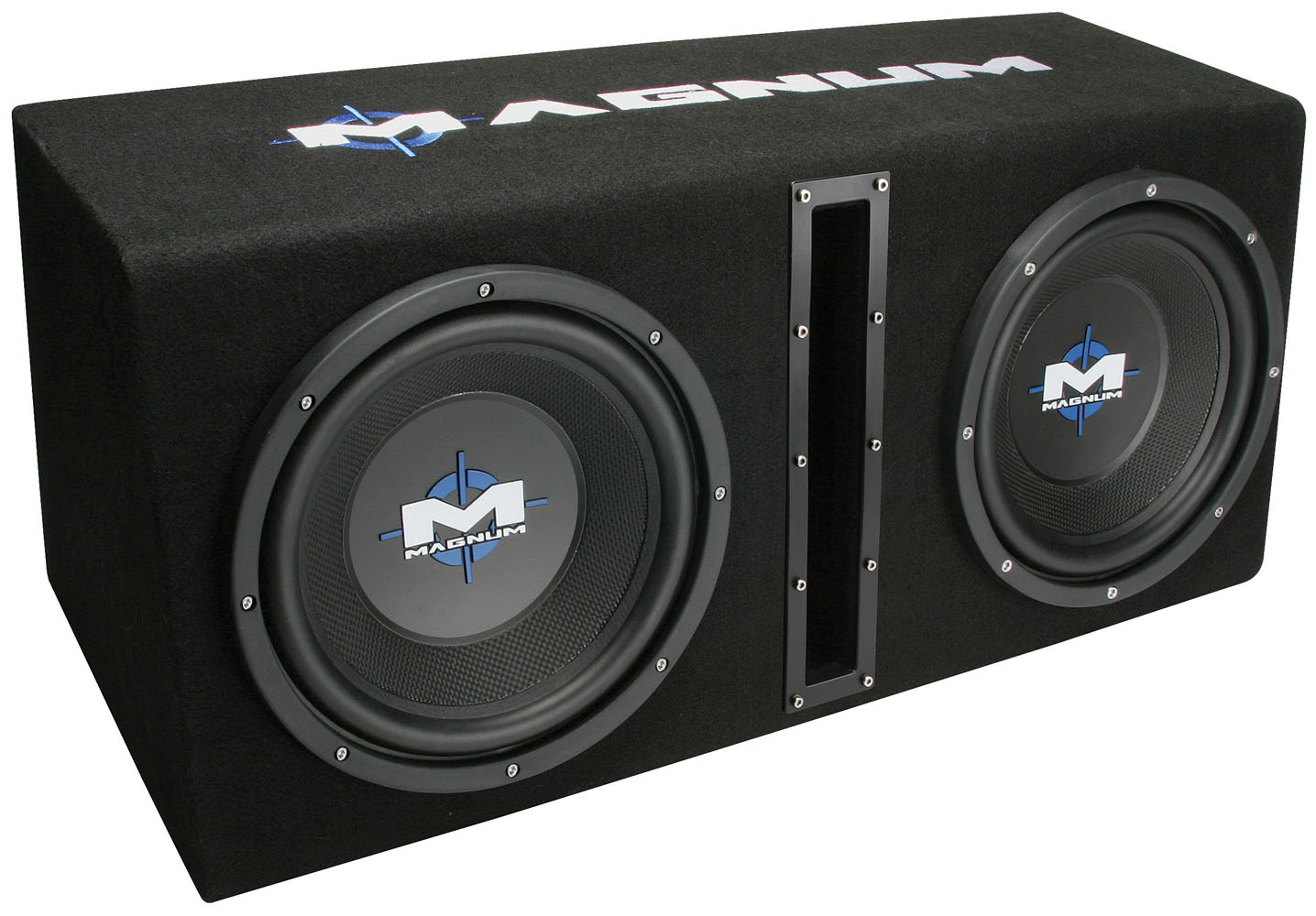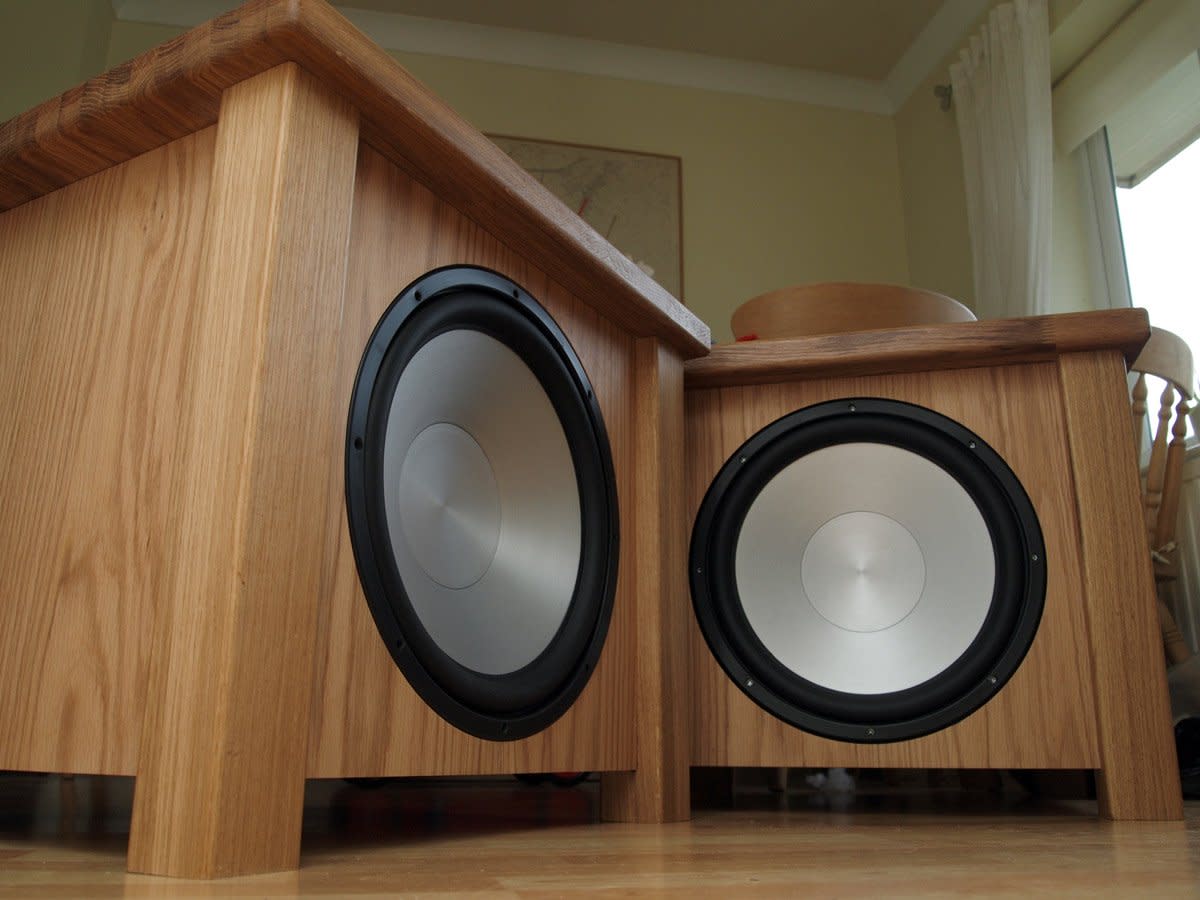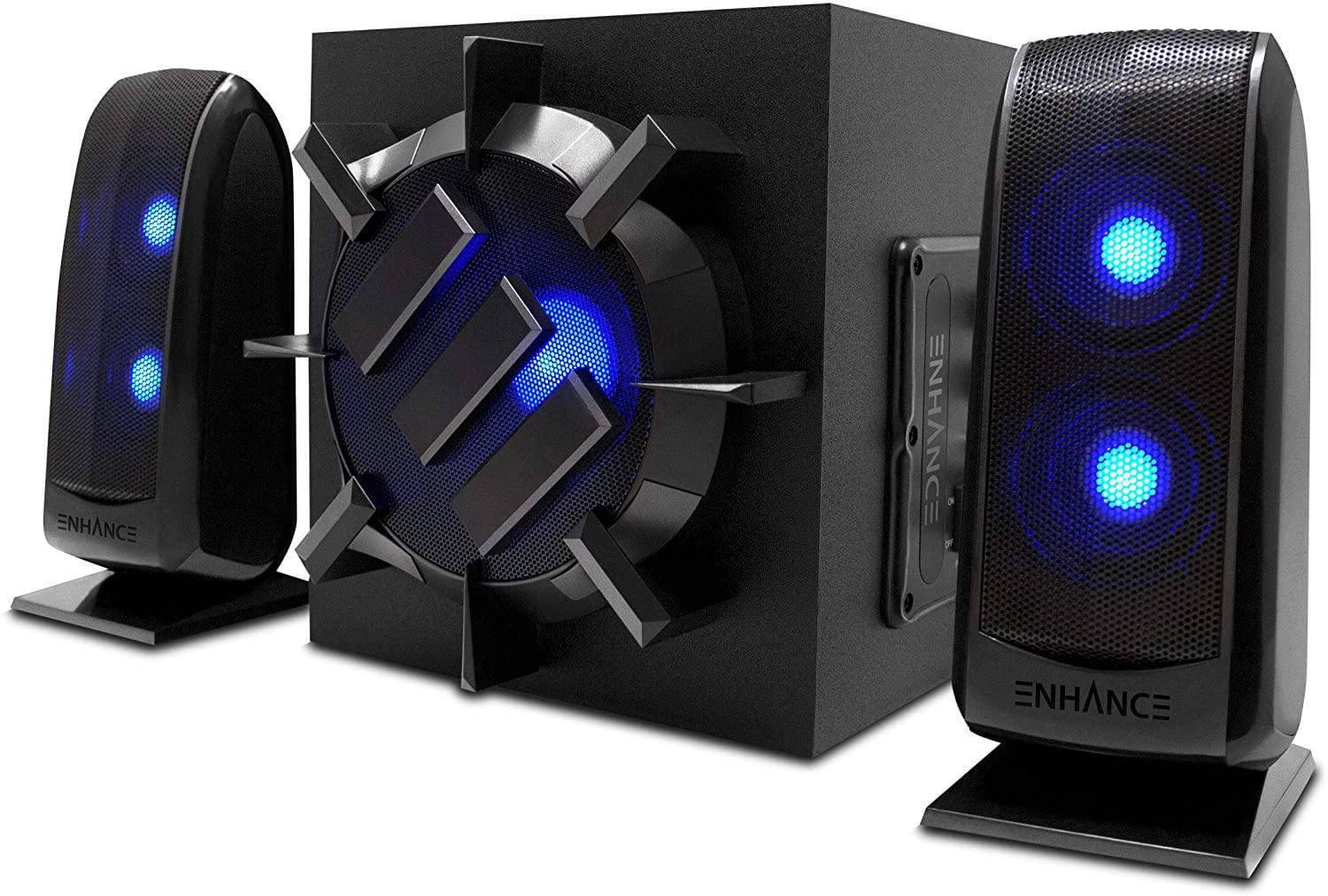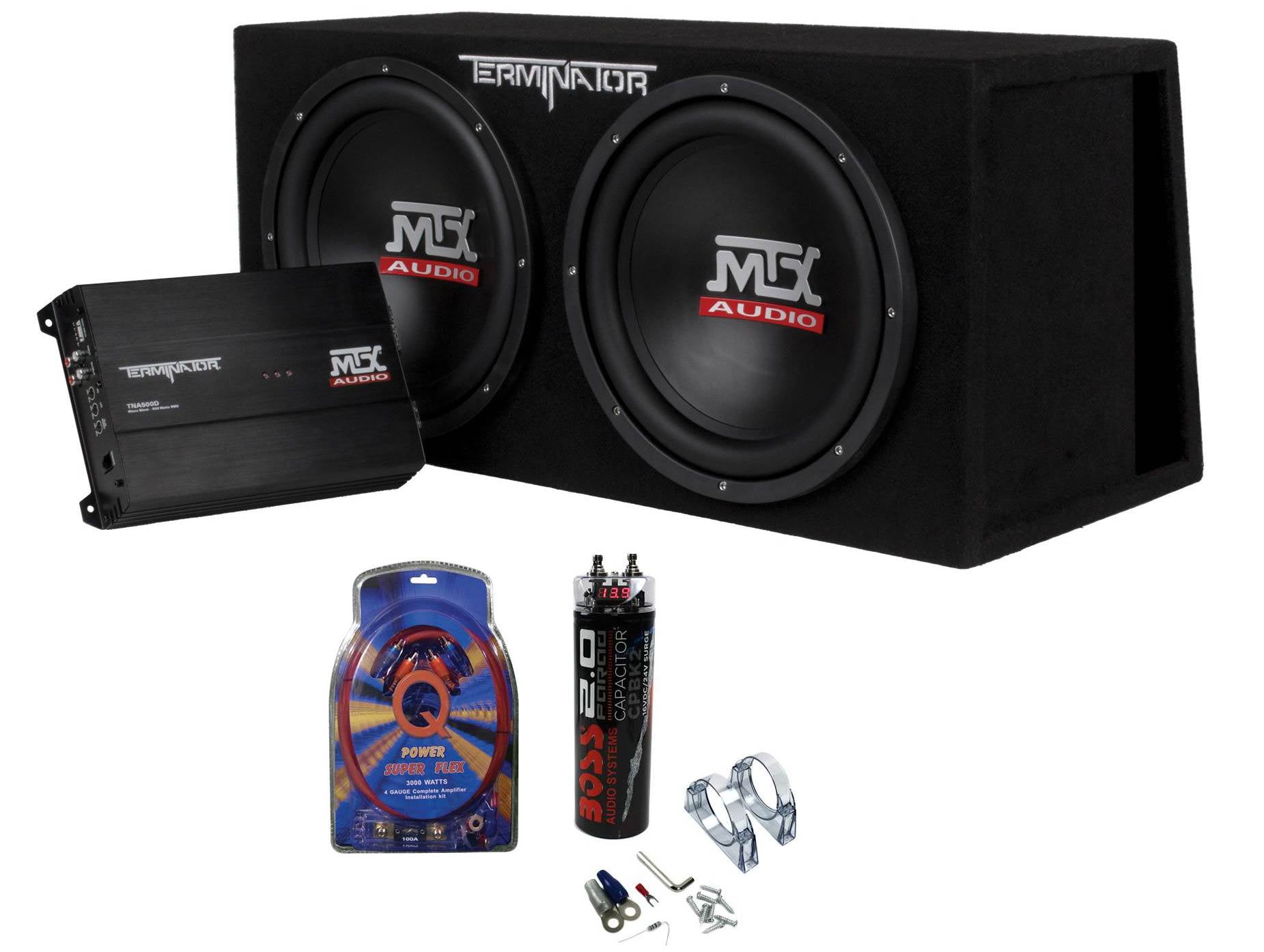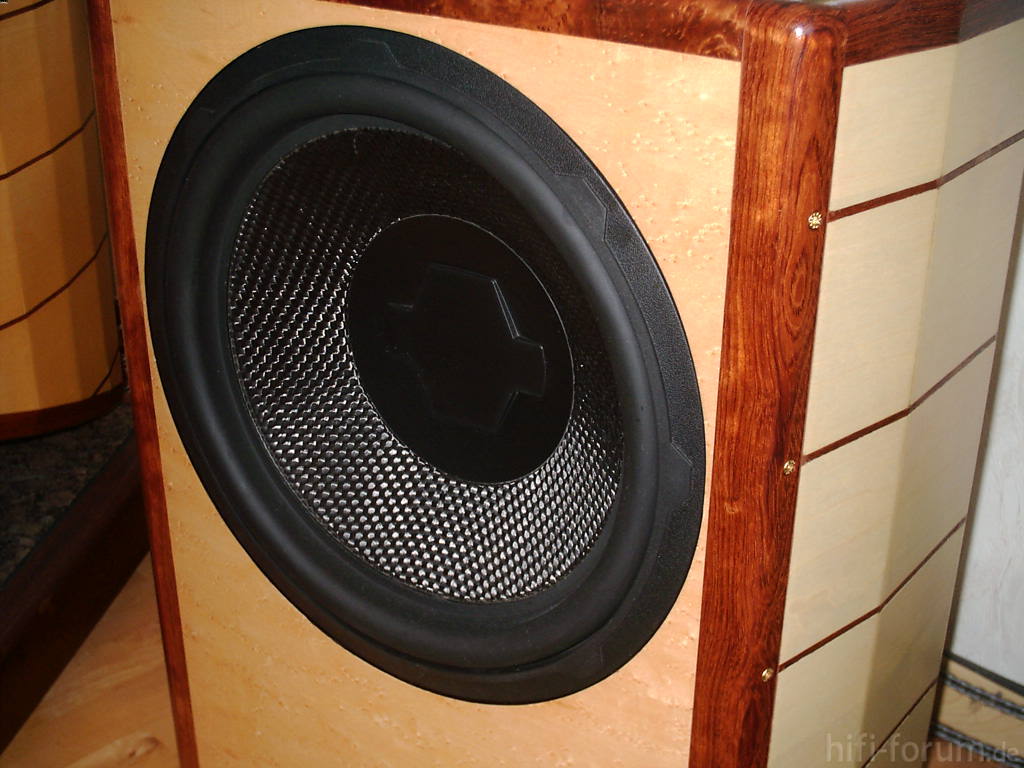When it comes to creating the perfect home theater, one of the most important elements is the surround sound setup. This advanced audio system allows you to fully immerse yourself in your favorite movies, TV shows, and music. With an open floor living room, you have the opportunity to design a top-notch audio system that will impress any audiophile. Let's explore the top 10 tips for setting up a surround sound system in an open floor living room.Surround Sound Setup: Creating the Ultimate Audio Experience
An open floor living room provides a spacious layout that allows for easy movement and socializing. It also offers a blank canvas for creating a home theater that is both functional and aesthetically pleasing. With the right setup, you can achieve a cinematic experience without having to leave the comfort of your home.The Benefits of an Open Floor Living Room
When it comes to surround sound setups, there are many options to choose from. The most popular systems include 5.1, 7.1, and 9.1 configurations, which refer to the number of speakers and subwoofers in the setup. For an open floor living room, a 7.1 setup is ideal as it provides a balanced sound throughout the space.Choosing the Right Audio System
The placement of your speakers is crucial in achieving the best surround sound experience. For a 7.1 setup, you will need a center speaker, front left and right speakers, side left and right speakers, rear left and right speakers, and a subwoofer. It is important to place these speakers at equal distances from the main seating area for optimal sound distribution.Speaker Placement is Key
Acoustic panels are an essential element in any surround sound setup. They help to absorb excess sound and reduce echoes, resulting in clearer audio quality. In an open floor living room, where there are fewer walls to absorb sound, acoustic panels are even more crucial. They can be strategically placed on the walls or ceiling to improve the overall sound experience.The Importance of Acoustic Panels
If you live in a busy neighborhood or have noisy neighbors, soundproofing your living room can greatly enhance your surround sound experience. This can be done by adding soundproofing foam or panels to the walls and ceiling, or even investing in soundproof curtains for the windows. This will help to minimize outside noise and keep the sound within the room.Consider Soundproofing
An open floor living room can benefit from the use of wireless speakers. These speakers do not require any messy cables, making for a cleaner and more streamlined setup. Wireless speakers also offer the flexibility to move them around the room for the best sound placement, without being limited by cords.Wireless Speakers for a Clean Setup
The subwoofer is responsible for producing the low-frequency bass sounds in your surround sound setup. It is important to place the subwoofer in the correct location for optimal sound. Ideally, it should be placed near the front speakers, but not too close to the walls as this can produce unwanted vibrations and distortions.The Role of the Subwoofer
Once you have all your speakers and subwoofer in place, it is important to calibrate your audio system. This involves adjusting the volume levels and sound frequencies to ensure a balanced and accurate sound. Most surround sound systems come with a calibration microphone, making this process quick and easy.Calibrating Your Audio System
In addition to the audio setup, there are other elements you can add to your open floor living room to enhance the home theater experience. This can include comfortable seating, dimmable lighting, and a large screen or projector for an immersive visual experience.Creating a Home Theater Experience
Why a Surround Sound Setup is Essential for Your Open Floor Living Room

Create the Perfect Atmosphere
 When designing your open floor living room, it is important to consider the overall atmosphere and how you want it to feel. A
surround sound setup
can greatly enhance the ambiance of your space. With strategically placed speakers, you can immerse yourself in your favorite music or movie, creating a more
dramatic
and
cinematic
experience. Imagine hosting a movie night with friends and feeling like you're in a real-life theater, all from the comfort of your own home.
When designing your open floor living room, it is important to consider the overall atmosphere and how you want it to feel. A
surround sound setup
can greatly enhance the ambiance of your space. With strategically placed speakers, you can immerse yourself in your favorite music or movie, creating a more
dramatic
and
cinematic
experience. Imagine hosting a movie night with friends and feeling like you're in a real-life theater, all from the comfort of your own home.
Maximize Your Space
 Open floor living rooms are known for their spaciousness and lack of walls, but this can also make it difficult to achieve optimal sound quality. A surround sound setup allows you to
optimize
your space by evenly distributing sound throughout the room. With speakers placed strategically in different areas, you can ensure that everyone in the room can hear the audio clearly and without any distortion.
Open floor living rooms are known for their spaciousness and lack of walls, but this can also make it difficult to achieve optimal sound quality. A surround sound setup allows you to
optimize
your space by evenly distributing sound throughout the room. With speakers placed strategically in different areas, you can ensure that everyone in the room can hear the audio clearly and without any distortion.
Improve Your Viewing Experience
 In addition to enhancing the overall atmosphere, a surround sound setup can greatly improve your
viewing experience
. With a properly installed system, you can feel like you are part of the action on the big screen. The
crisp
and
clear
audio will bring your movies and TV shows to life, making you feel like you are right in the middle of the action.
In addition to enhancing the overall atmosphere, a surround sound setup can greatly improve your
viewing experience
. With a properly installed system, you can feel like you are part of the action on the big screen. The
crisp
and
clear
audio will bring your movies and TV shows to life, making you feel like you are right in the middle of the action.
Customize Your Setup
 One of the best things about a surround sound setup is that it can be customized to fit your specific needs and preferences. You can choose the number and placement of speakers based on the size and layout of your open floor living room. You can also
personalize
the sound settings to your liking, whether you prefer a more
bassy
or
treble-heavy
sound.
One of the best things about a surround sound setup is that it can be customized to fit your specific needs and preferences. You can choose the number and placement of speakers based on the size and layout of your open floor living room. You can also
personalize
the sound settings to your liking, whether you prefer a more
bassy
or
treble-heavy
sound.
Conclusion
 In conclusion, a surround sound setup is not just a luxury for your open floor living room, but it is also essential for creating the perfect atmosphere and maximizing your space. With improved sound quality and a more immersive viewing experience, you can take your home entertainment to the next level. So, when designing your open floor living room, don't forget to include a surround sound system in your plans.
In conclusion, a surround sound setup is not just a luxury for your open floor living room, but it is also essential for creating the perfect atmosphere and maximizing your space. With improved sound quality and a more immersive viewing experience, you can take your home entertainment to the next level. So, when designing your open floor living room, don't forget to include a surround sound system in your plans.
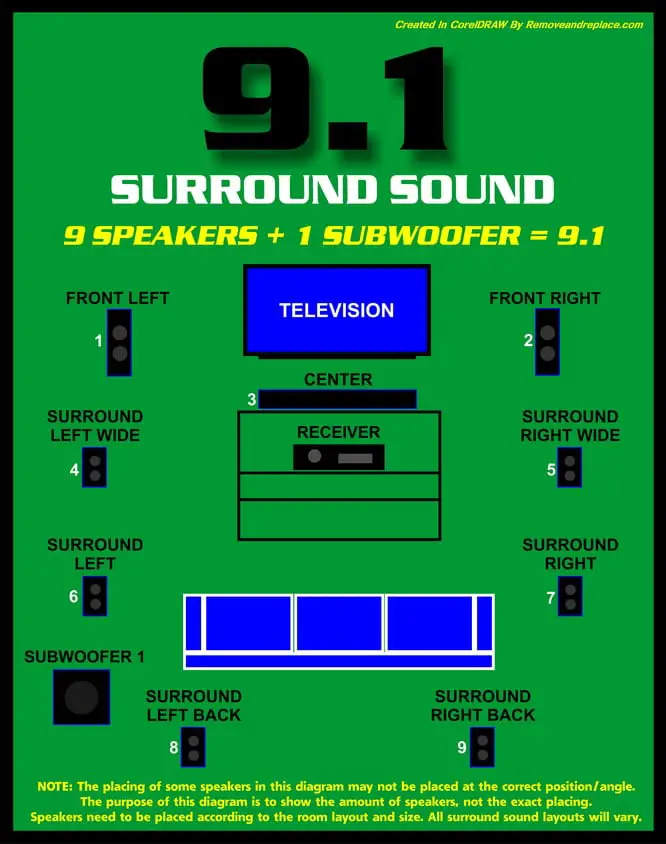
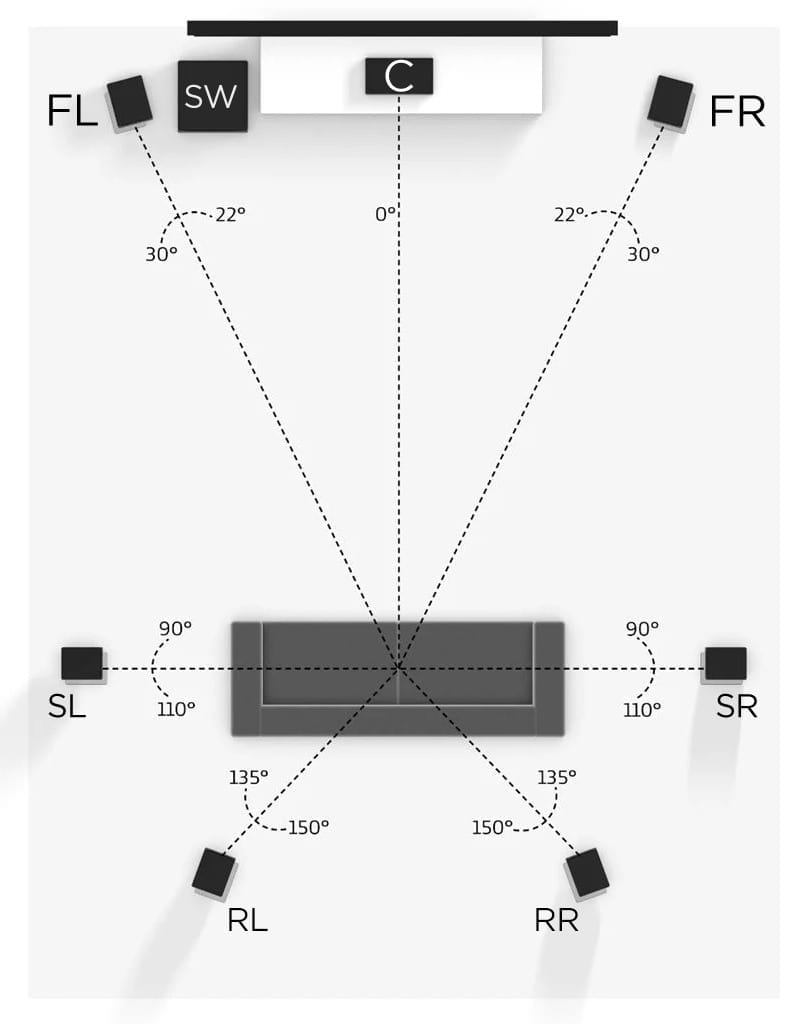

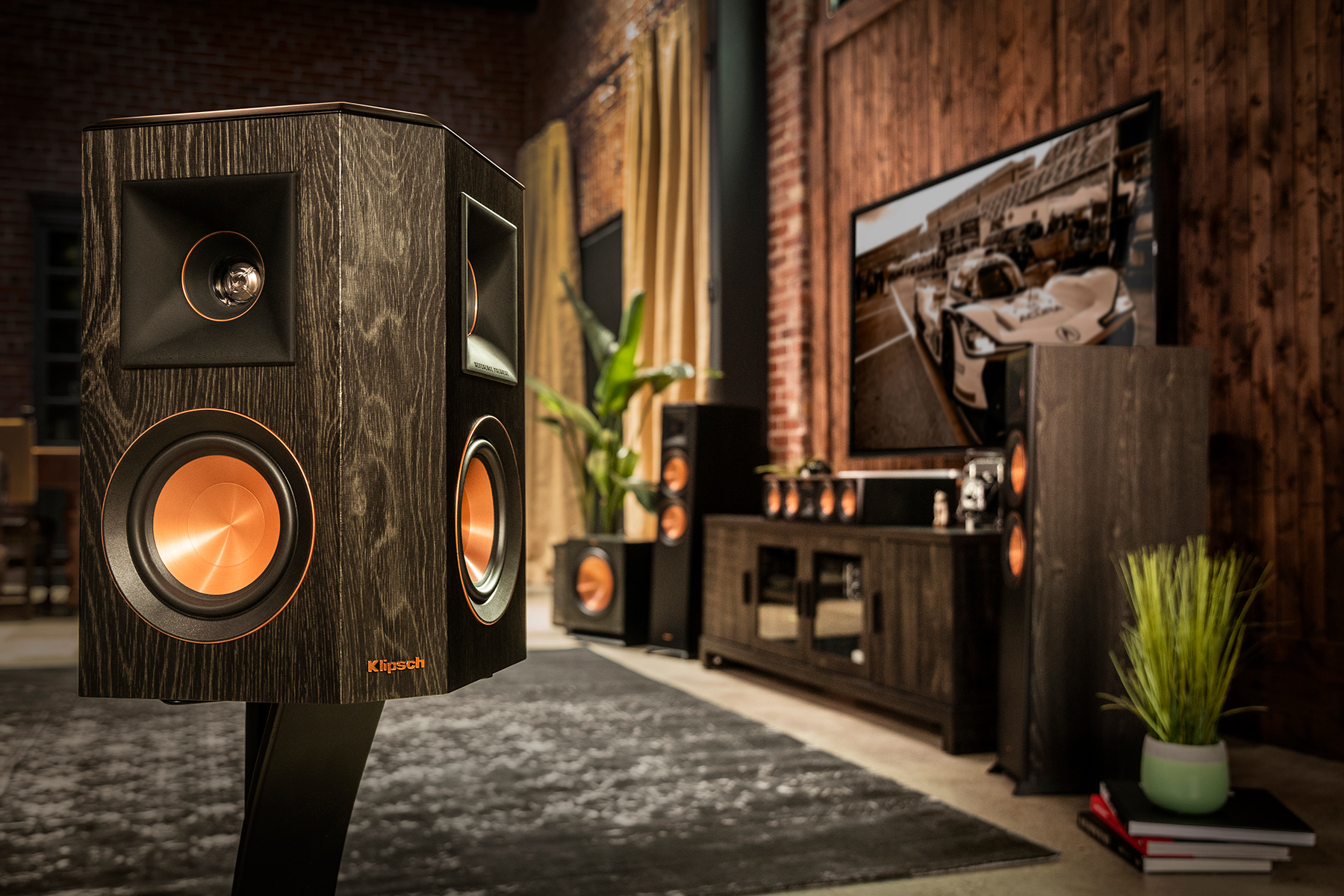
/klipsch-dolby-atmos-speaker-setup-a-56a4b5e65f9b58b7d0d86a68.jpg)
/home-theater-surround-sound-setup-a-585c25c23df78ce2c3549b62.jpg)
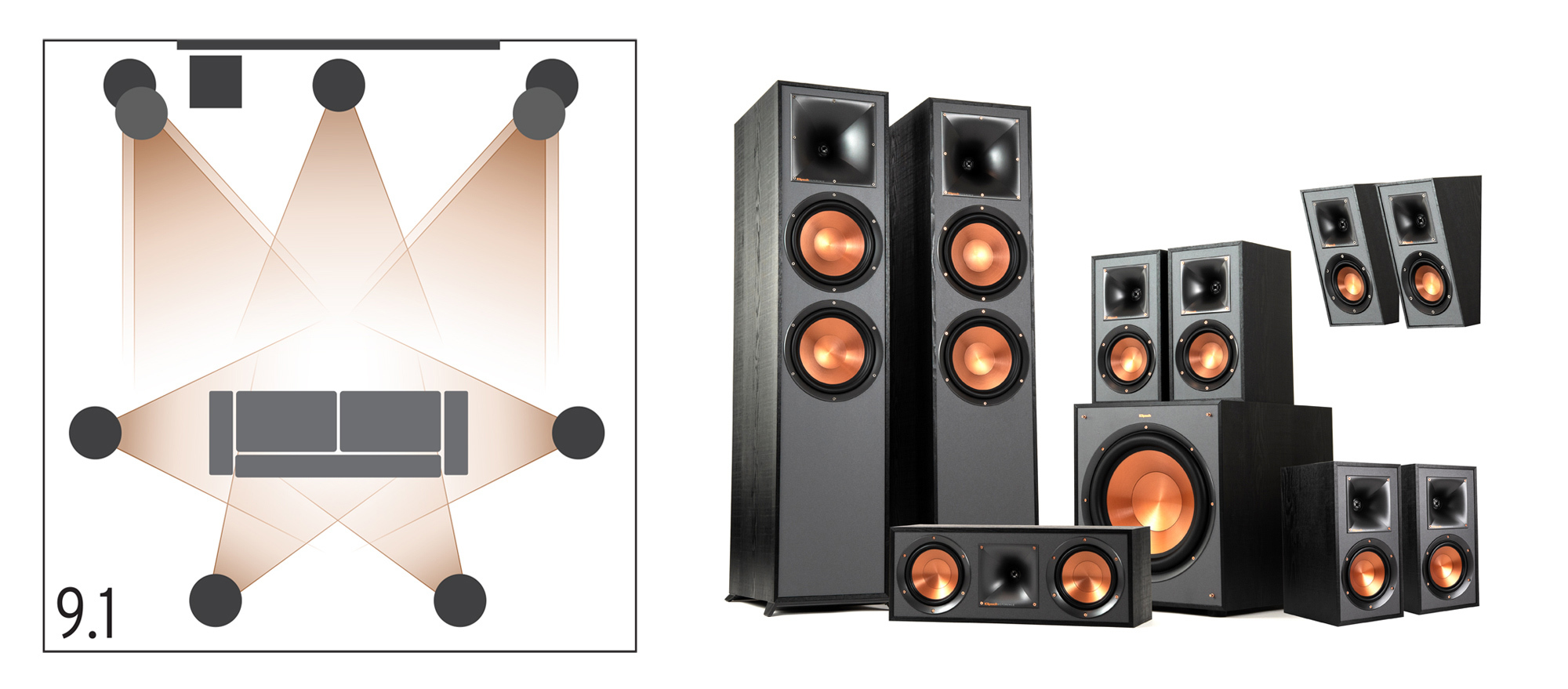
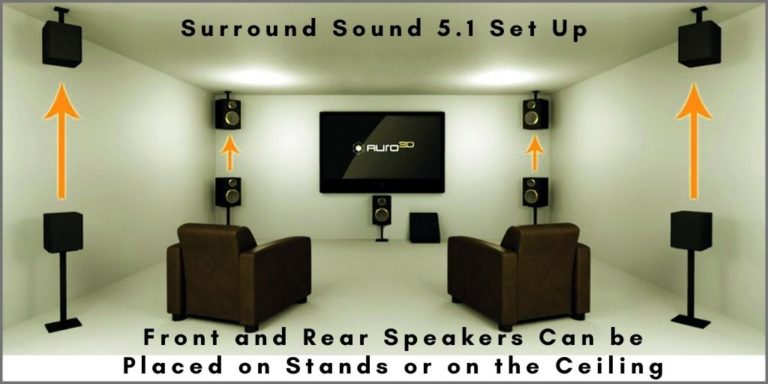
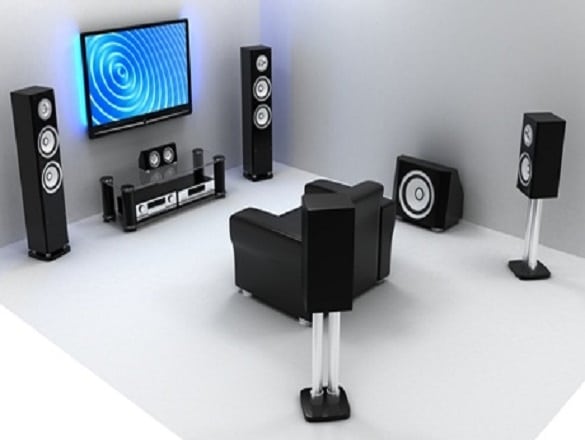
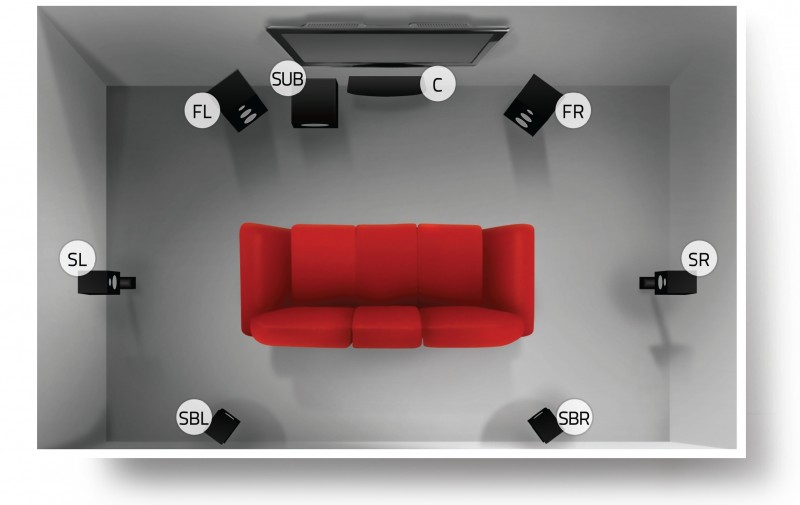
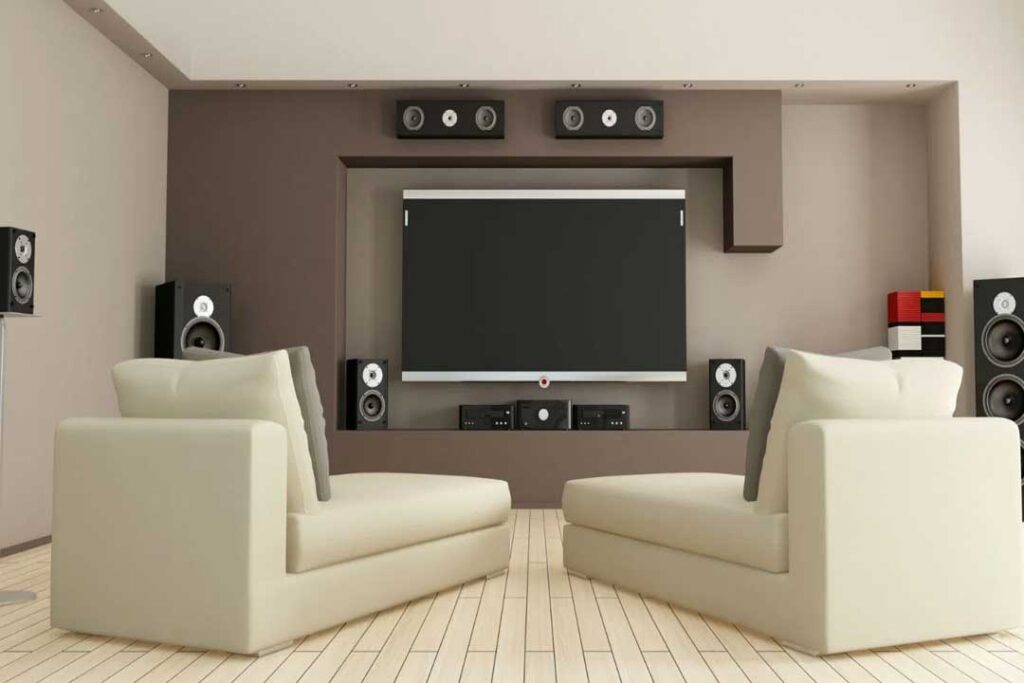

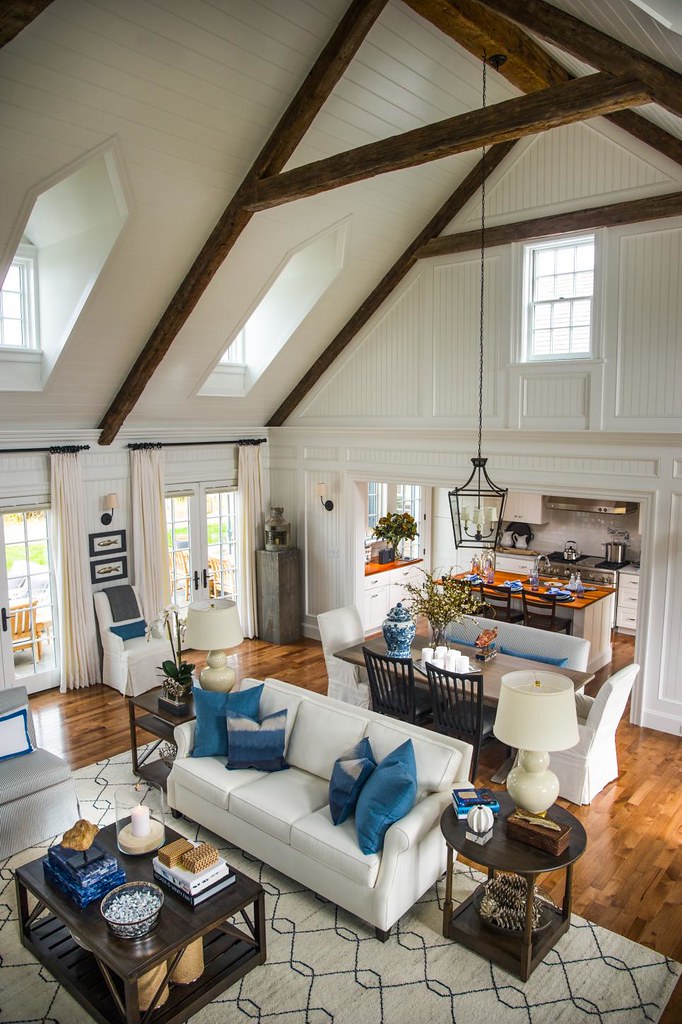
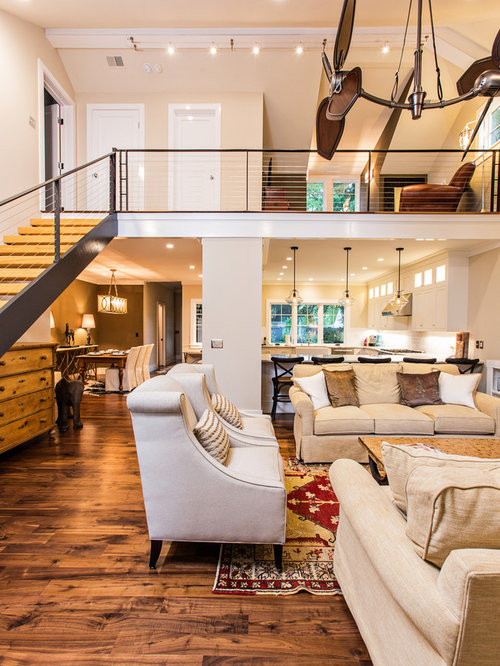

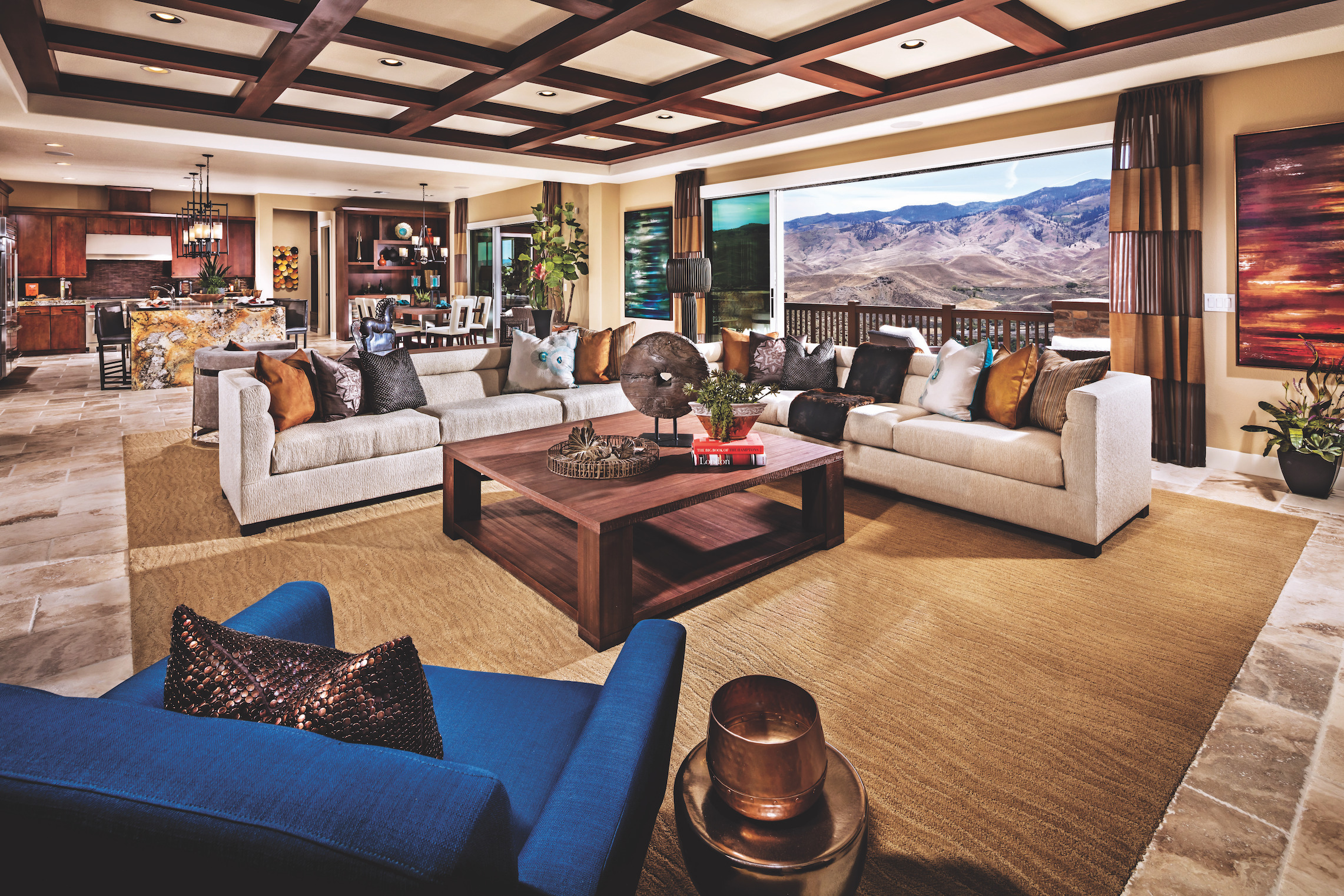

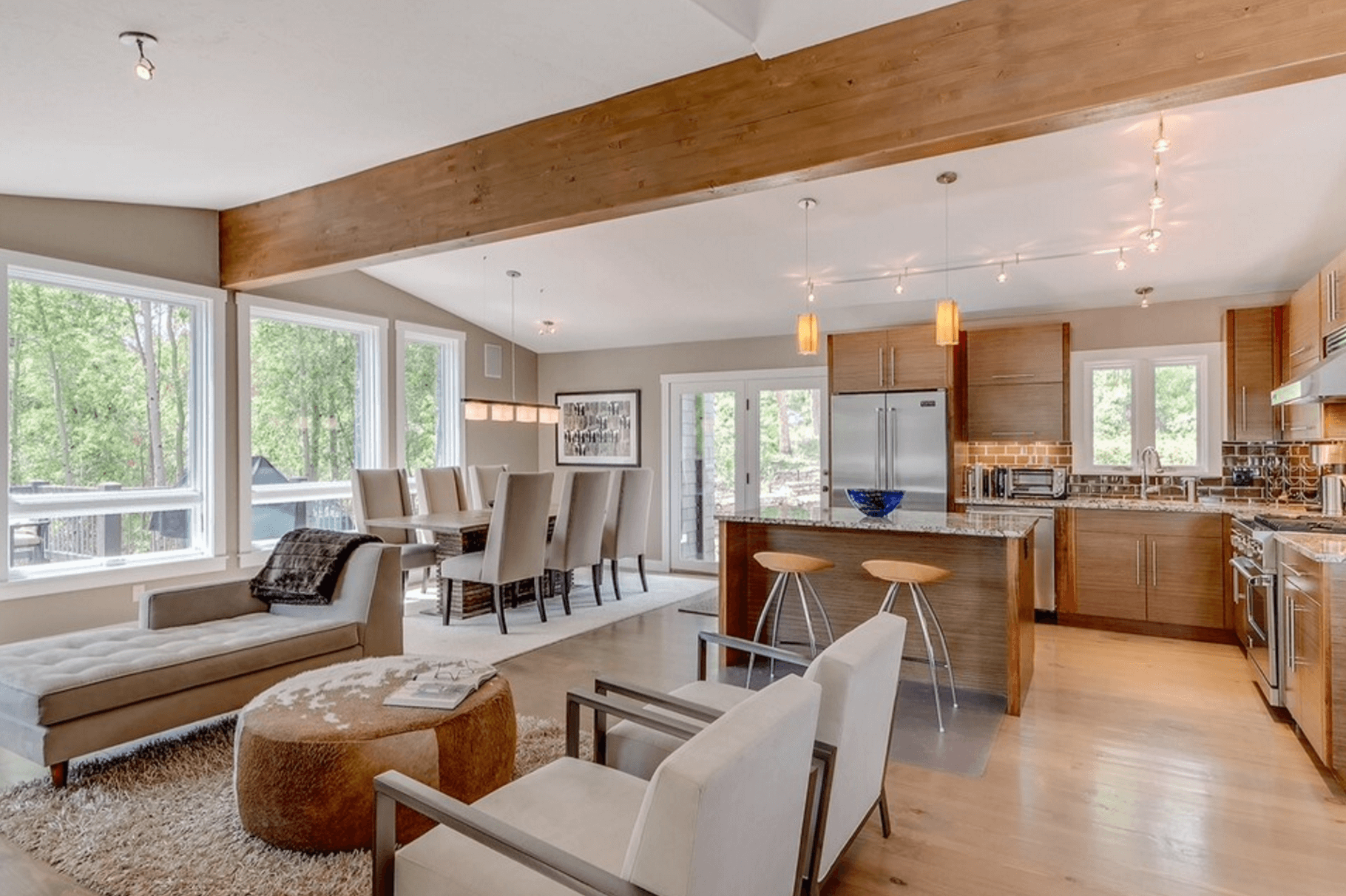
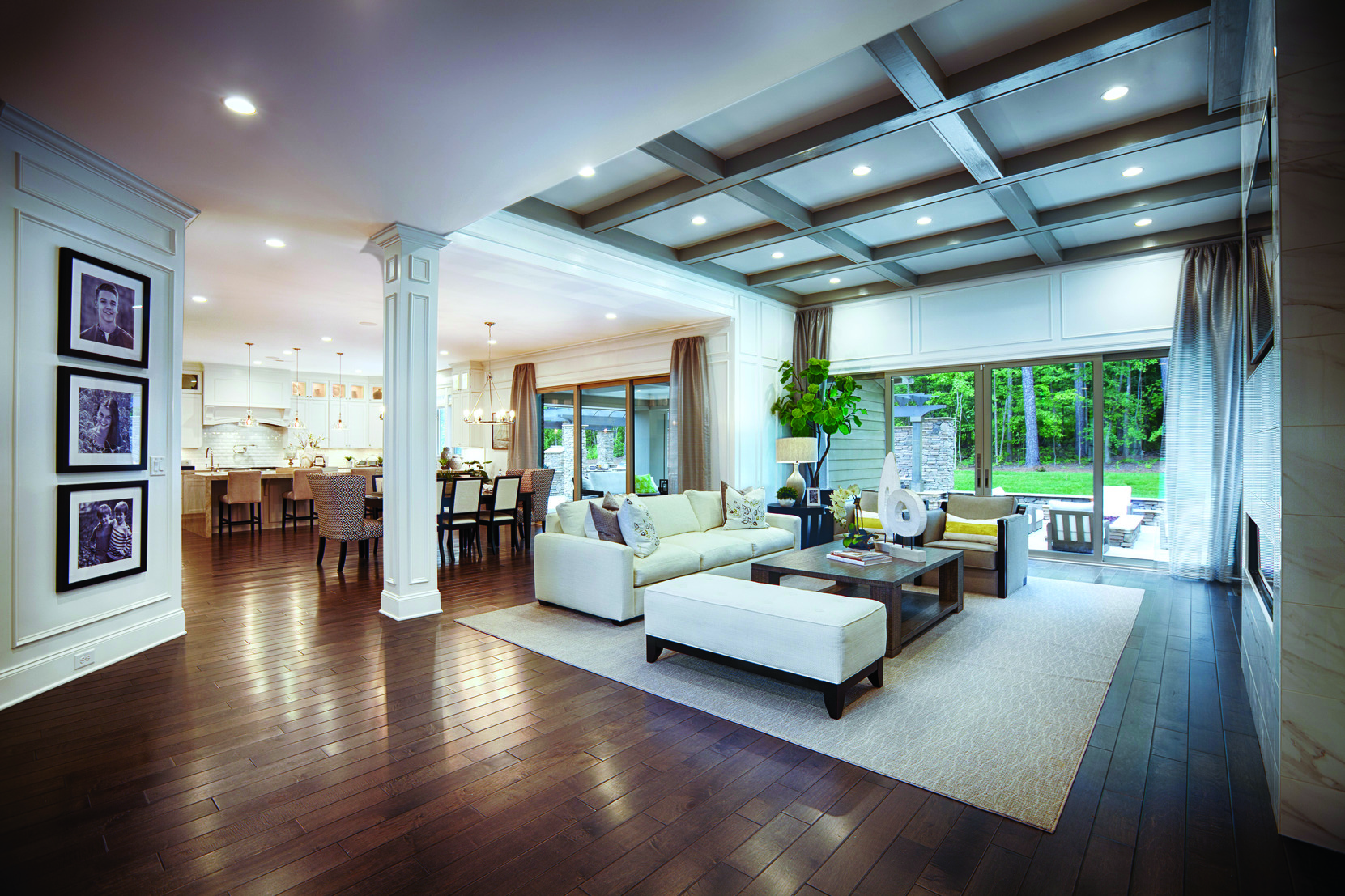
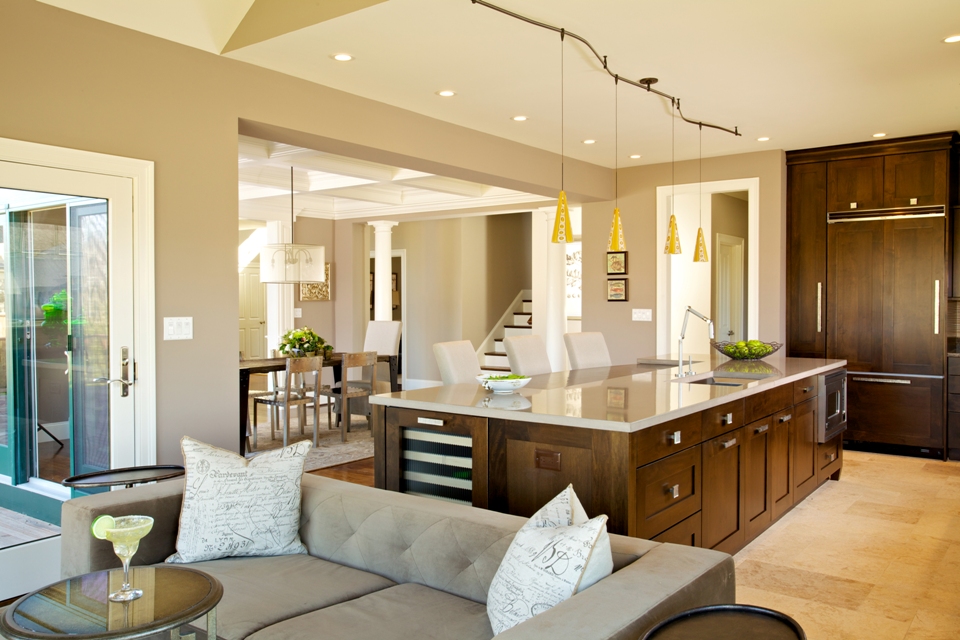
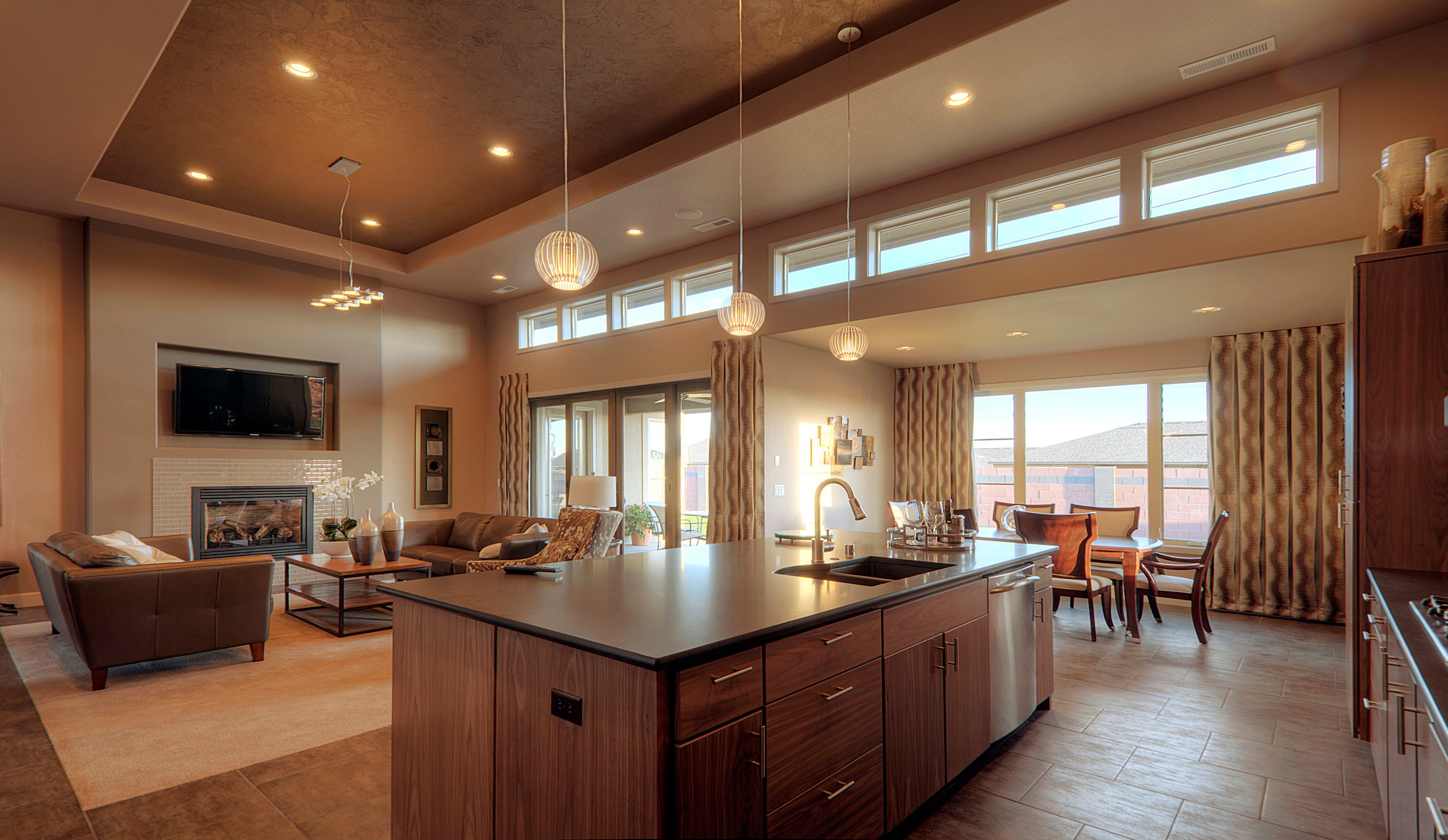

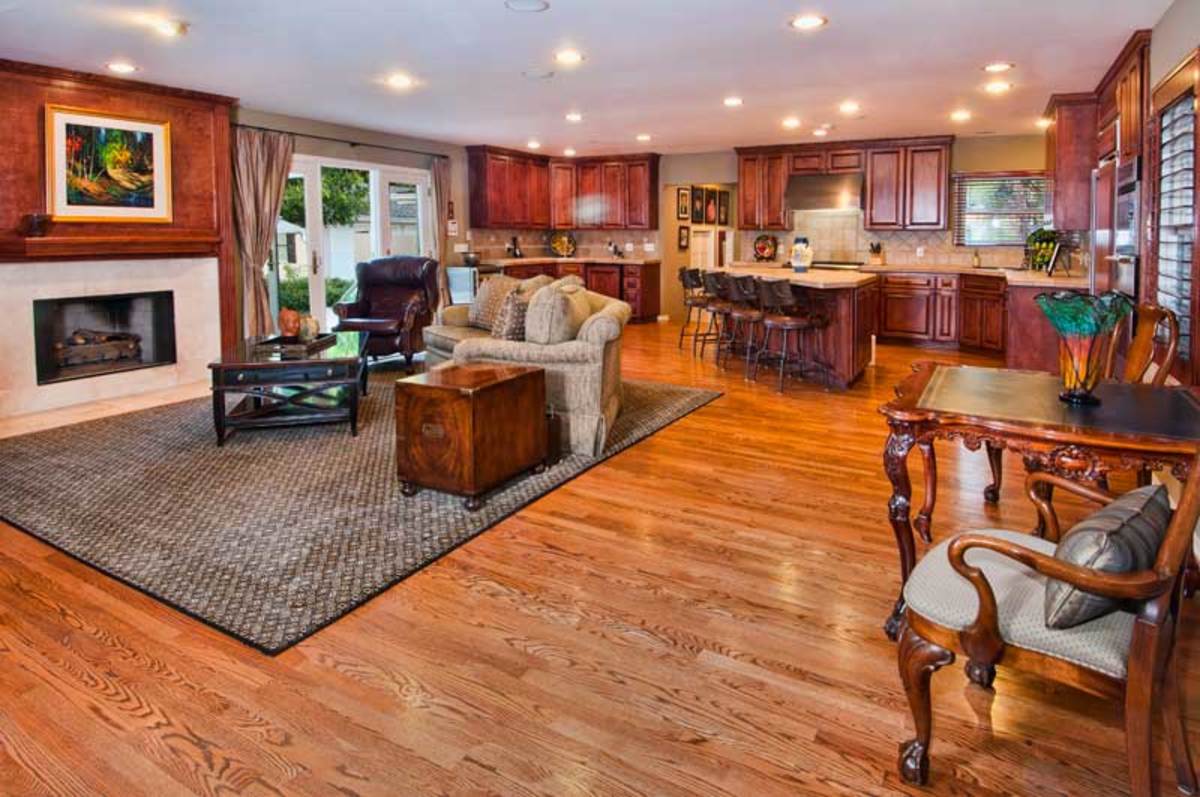


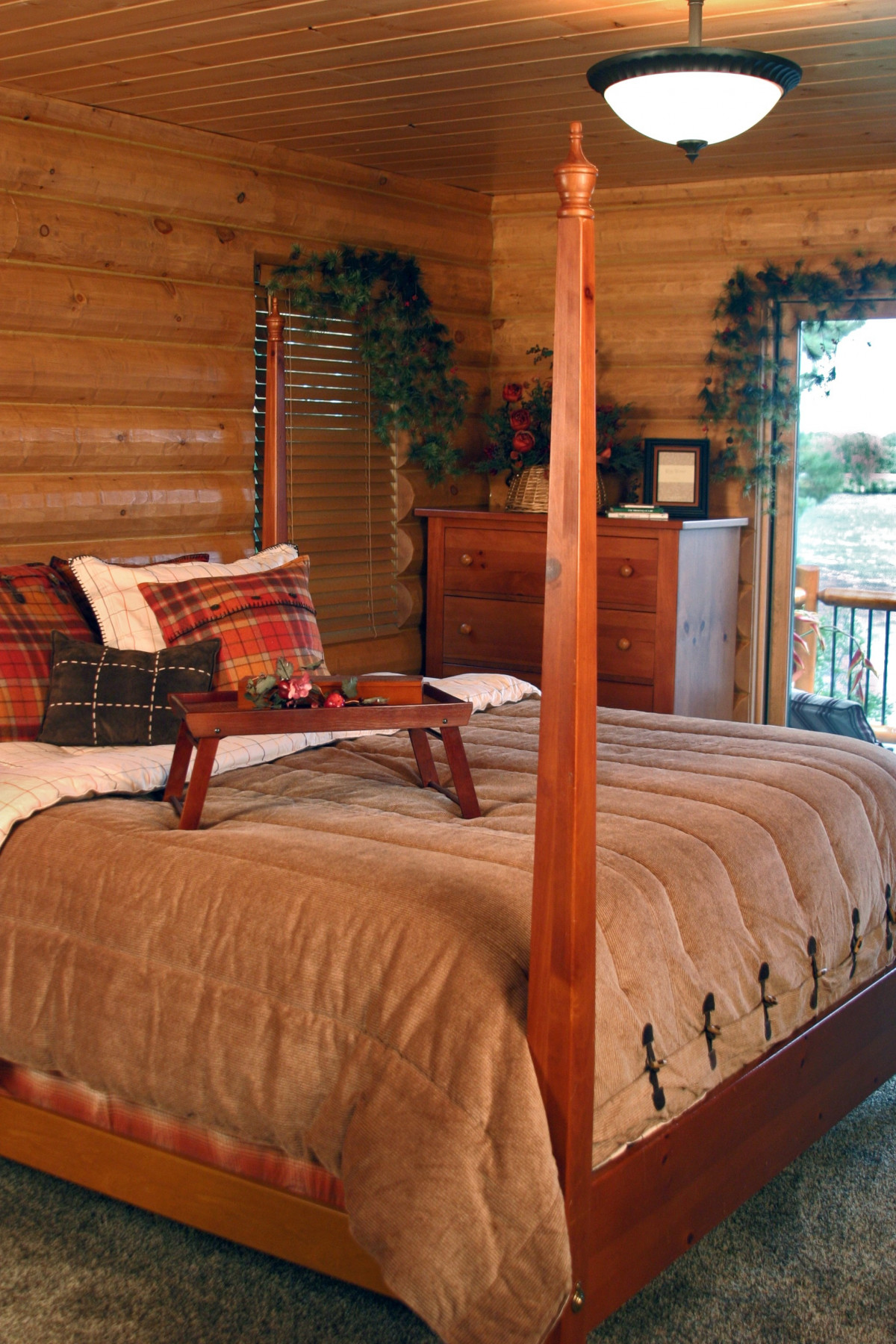
/GettyImages-9261821821-5c69c1b7c9e77c0001675a49.jpg)

:max_bytes(150000):strip_icc()/Chuck-Schmidt-Getty-Images-56a5ae785f9b58b7d0ddfaf8.jpg)





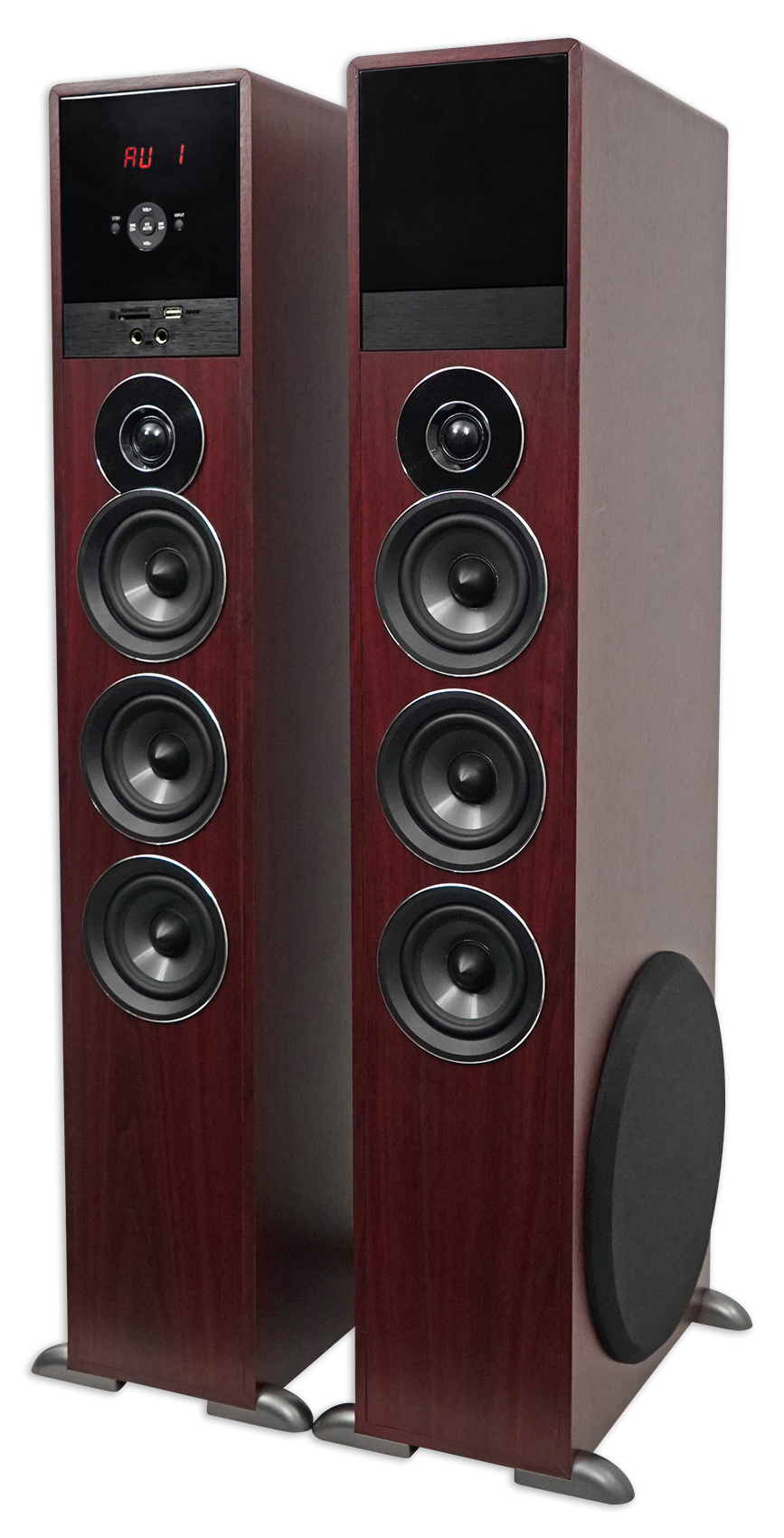

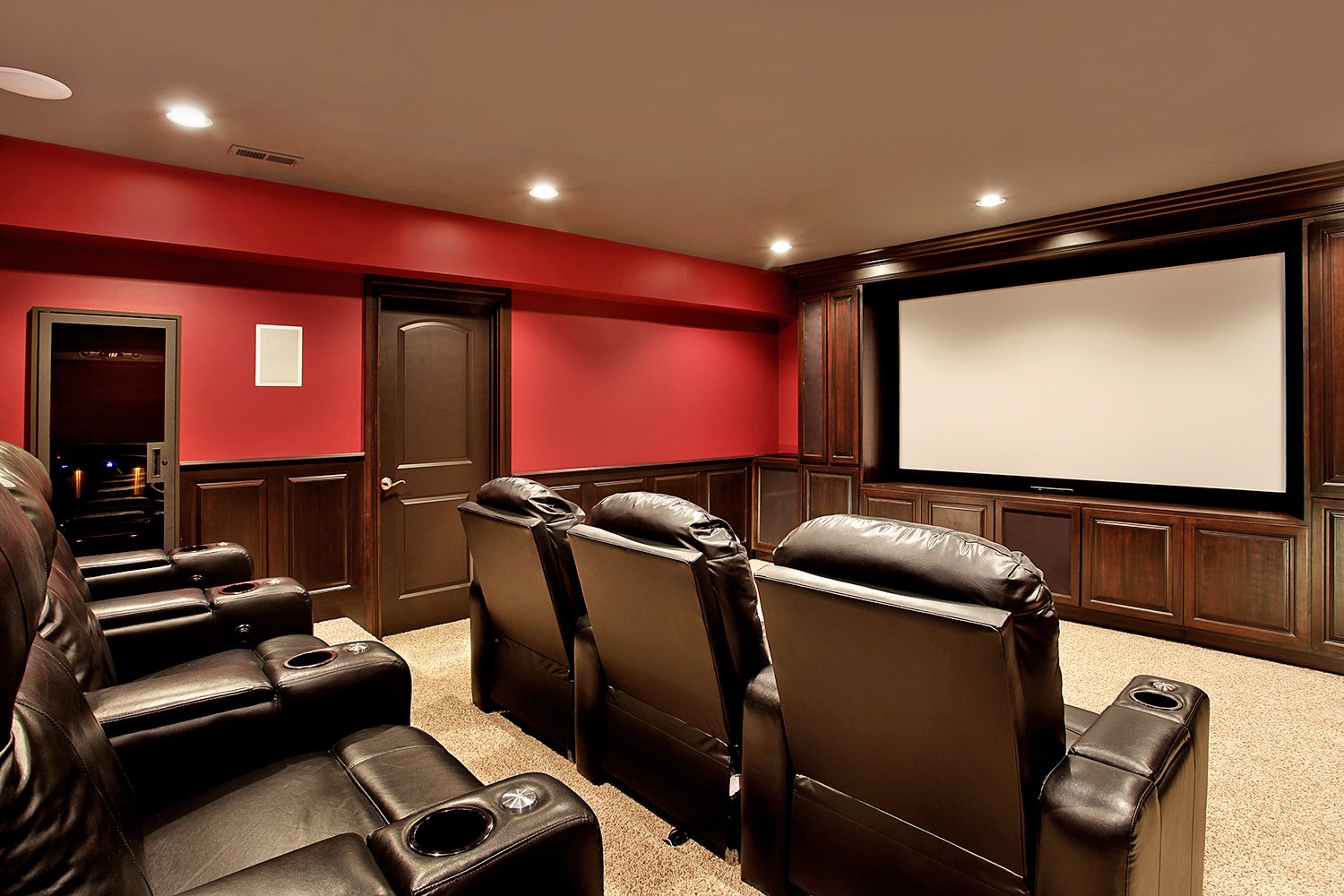
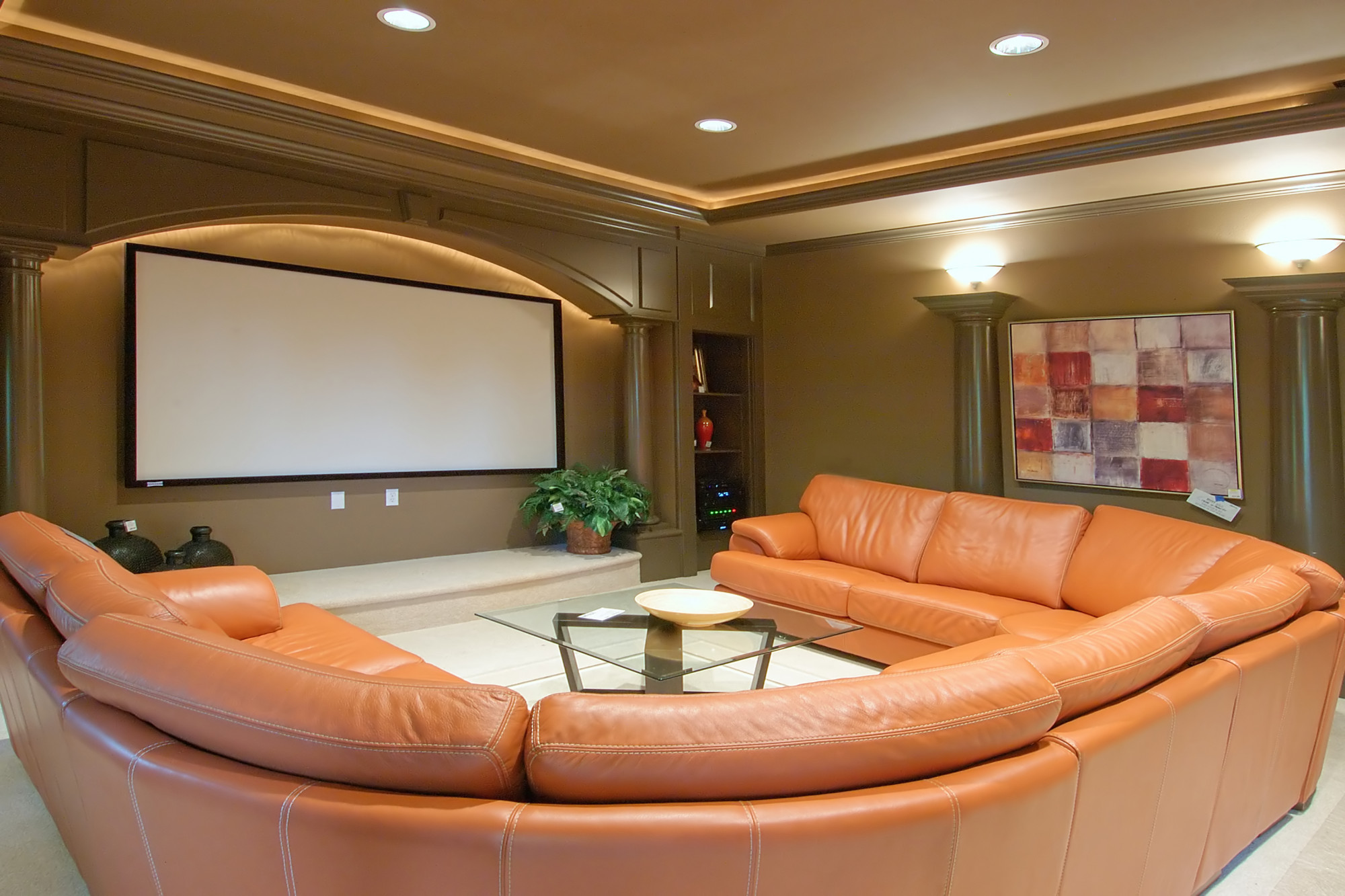



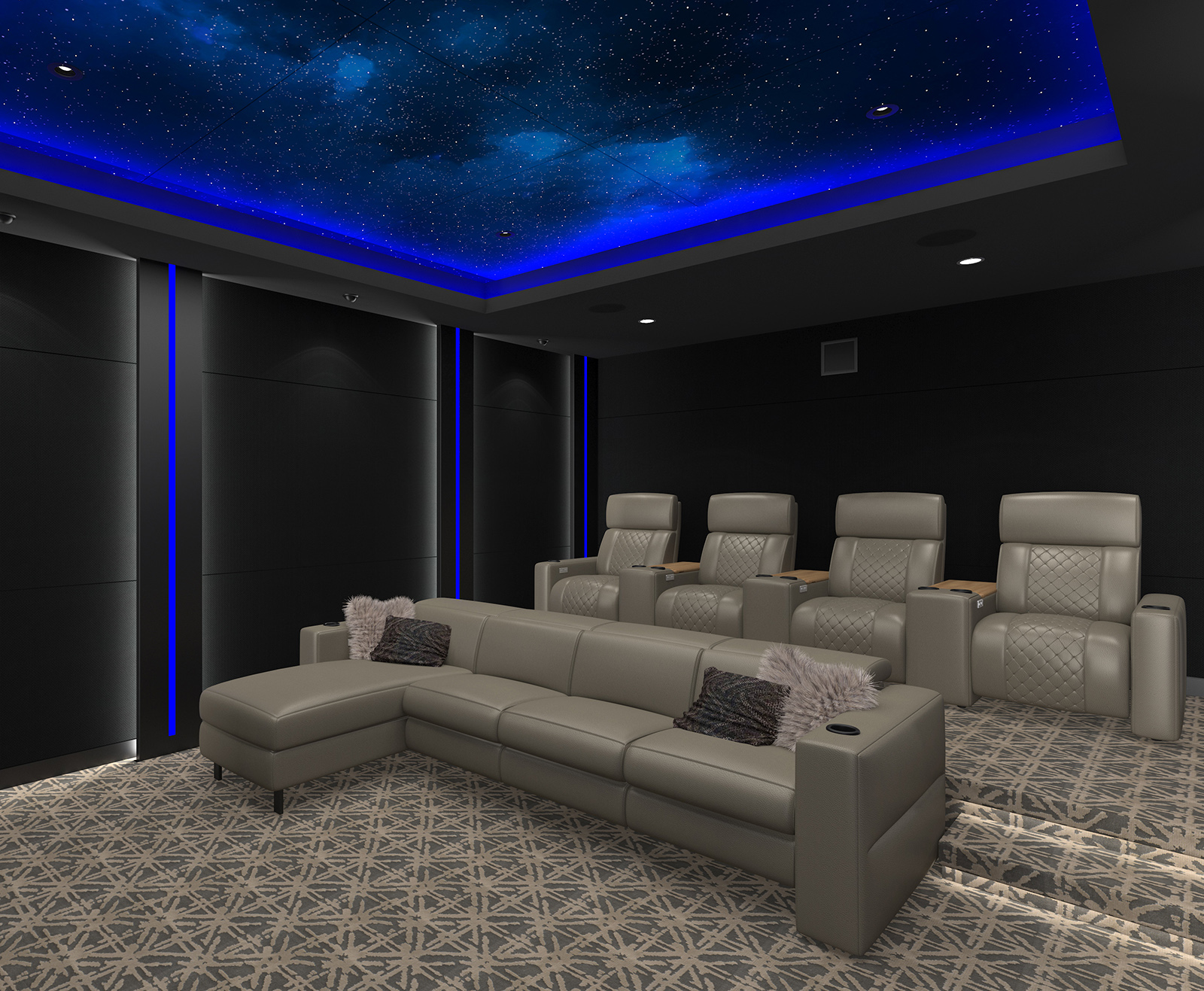
:max_bytes(150000):strip_icc()/movie-playing-on-projection-screen-in-home-theater-915093896-5bdb7eb0c9e77c0026d2970f-52f2860826054782a4fc48b588e441fe.jpg)
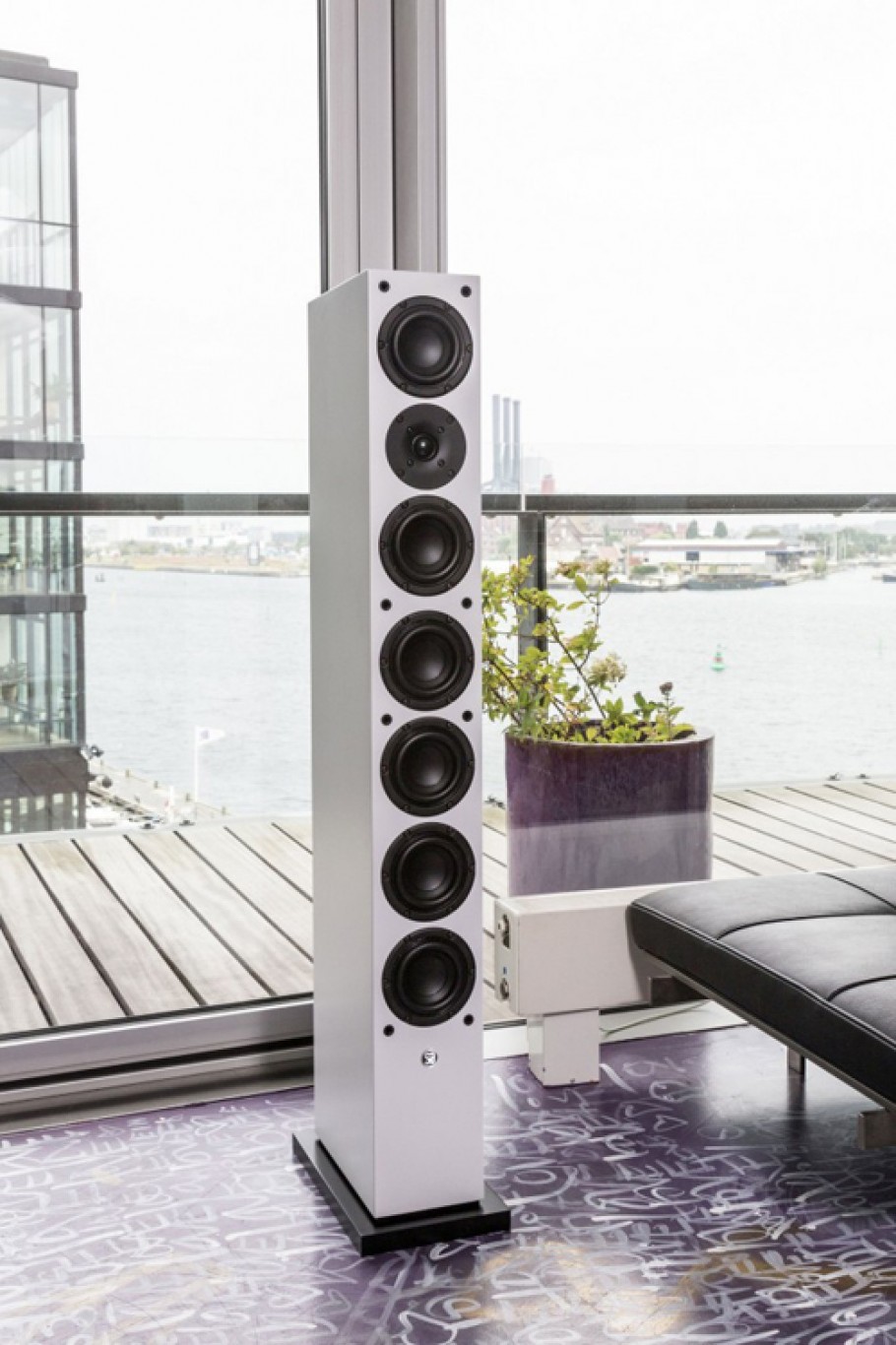


/GettyImages-133962674-59b82136845b340010a5627f.jpg)
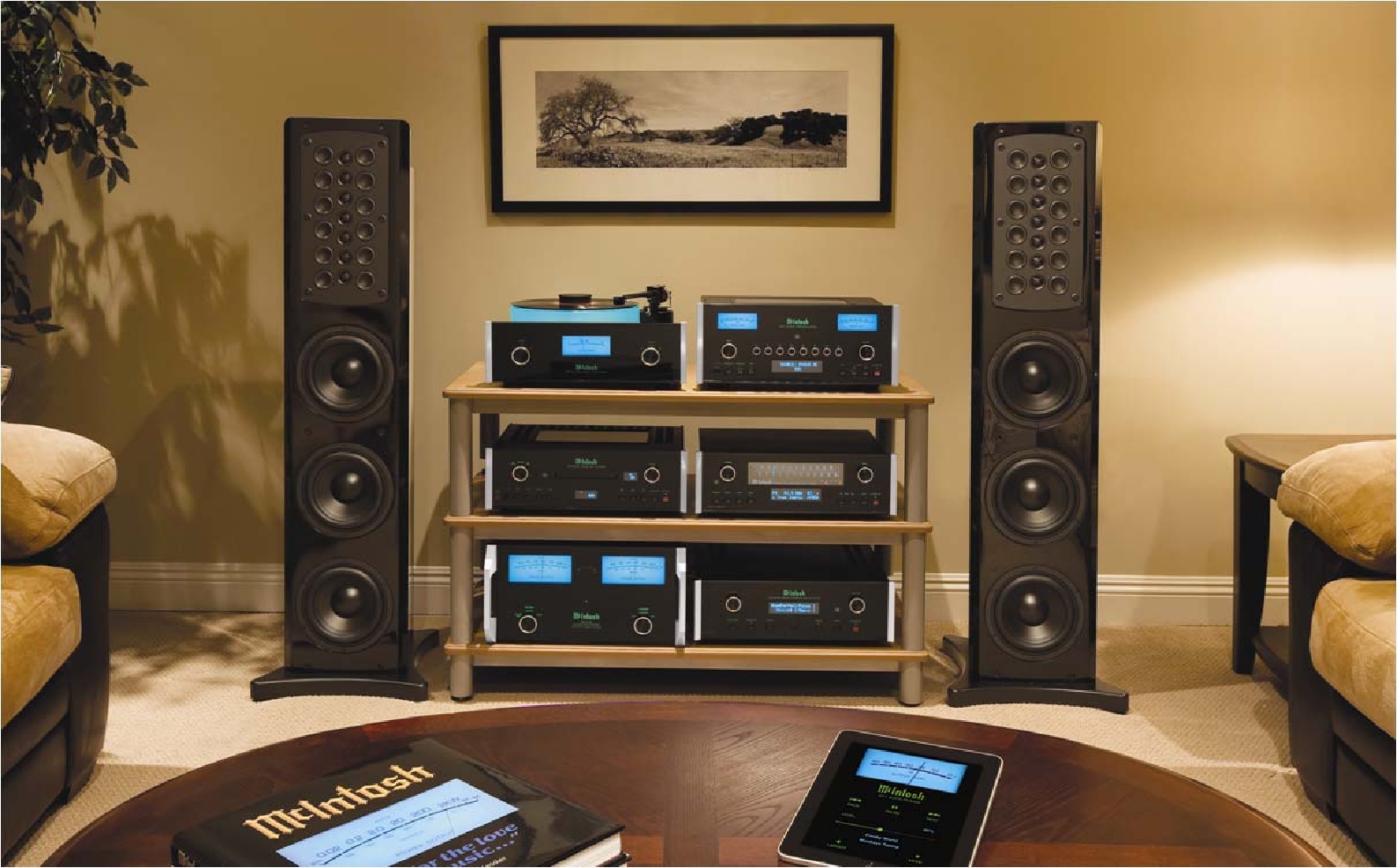






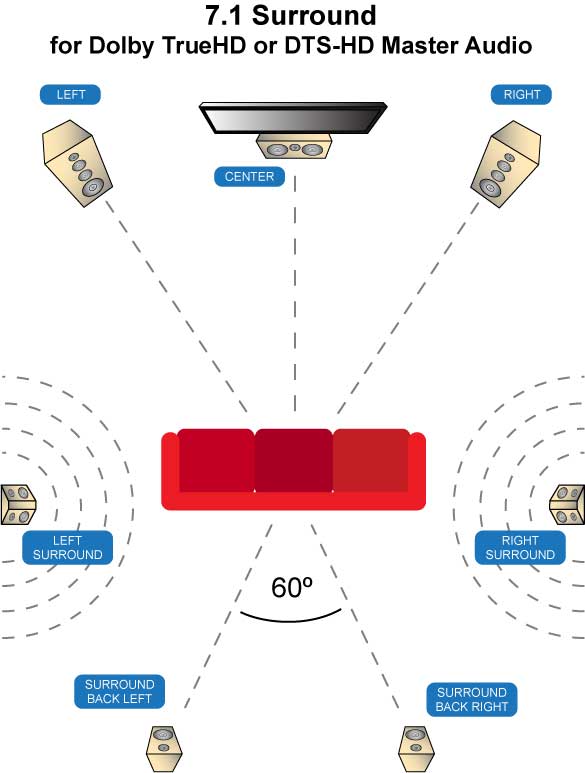




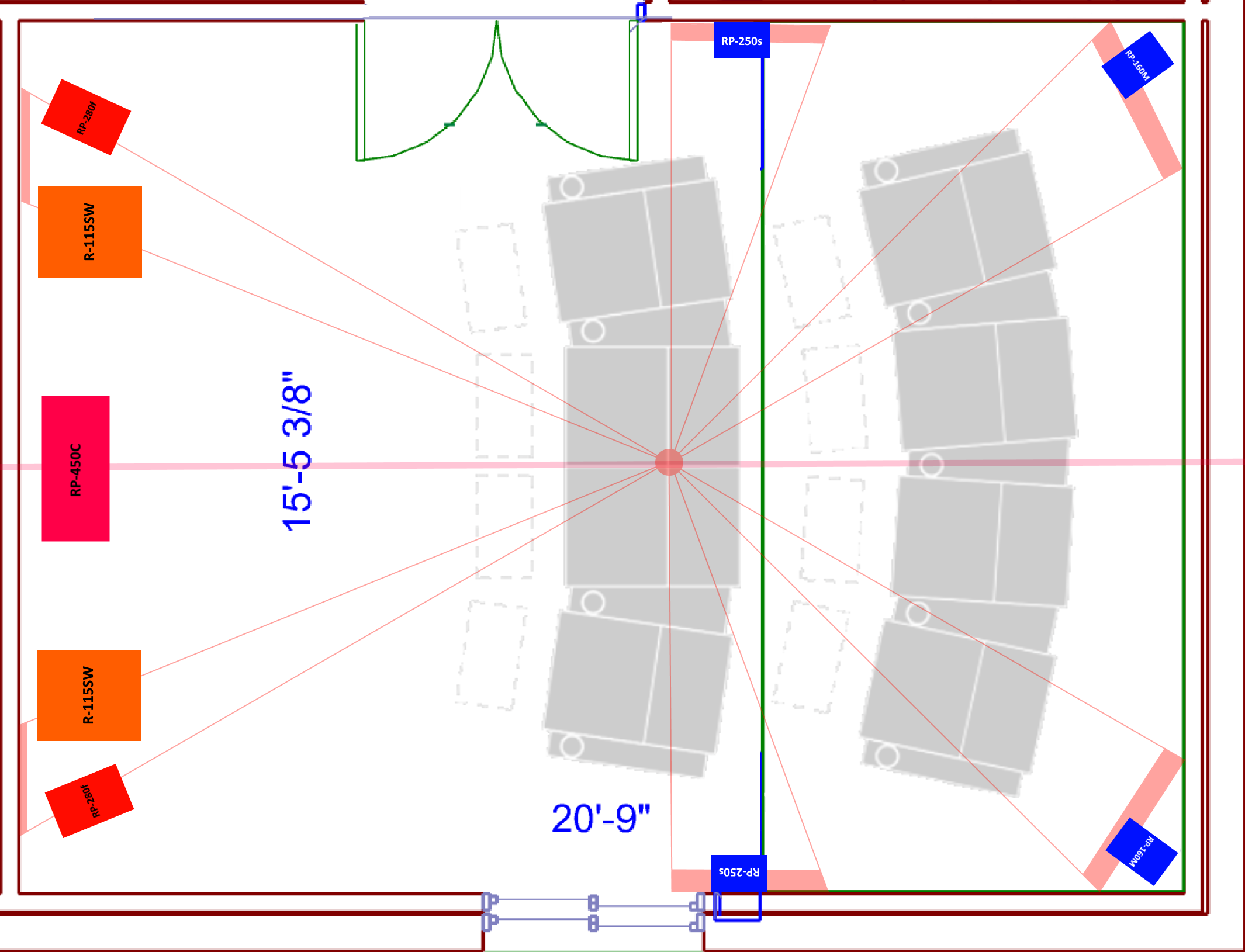


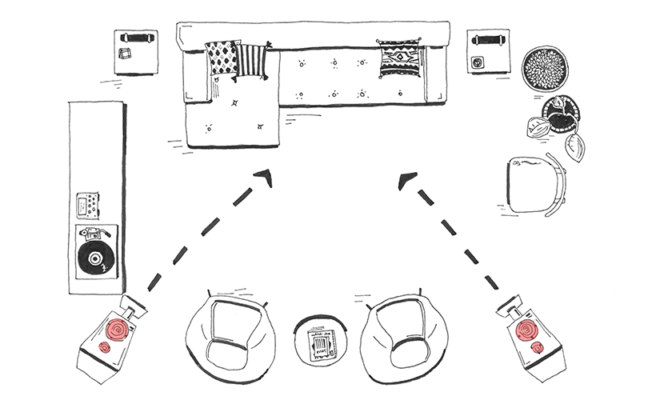
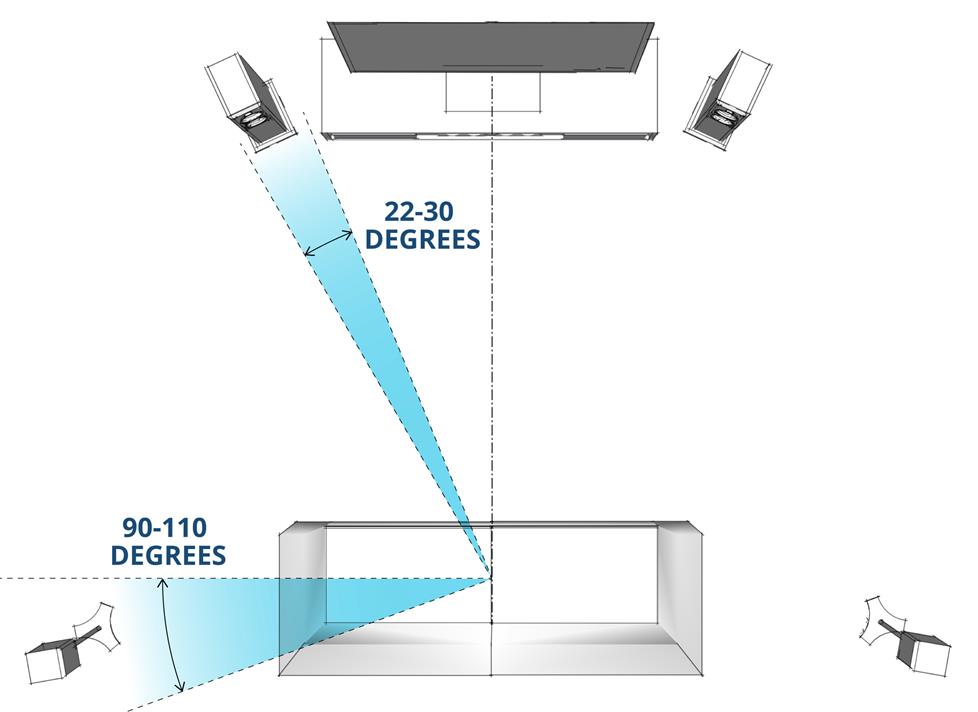
/speaker_placement_dia-5804ee9d3df78cbc2889b855.jpg)



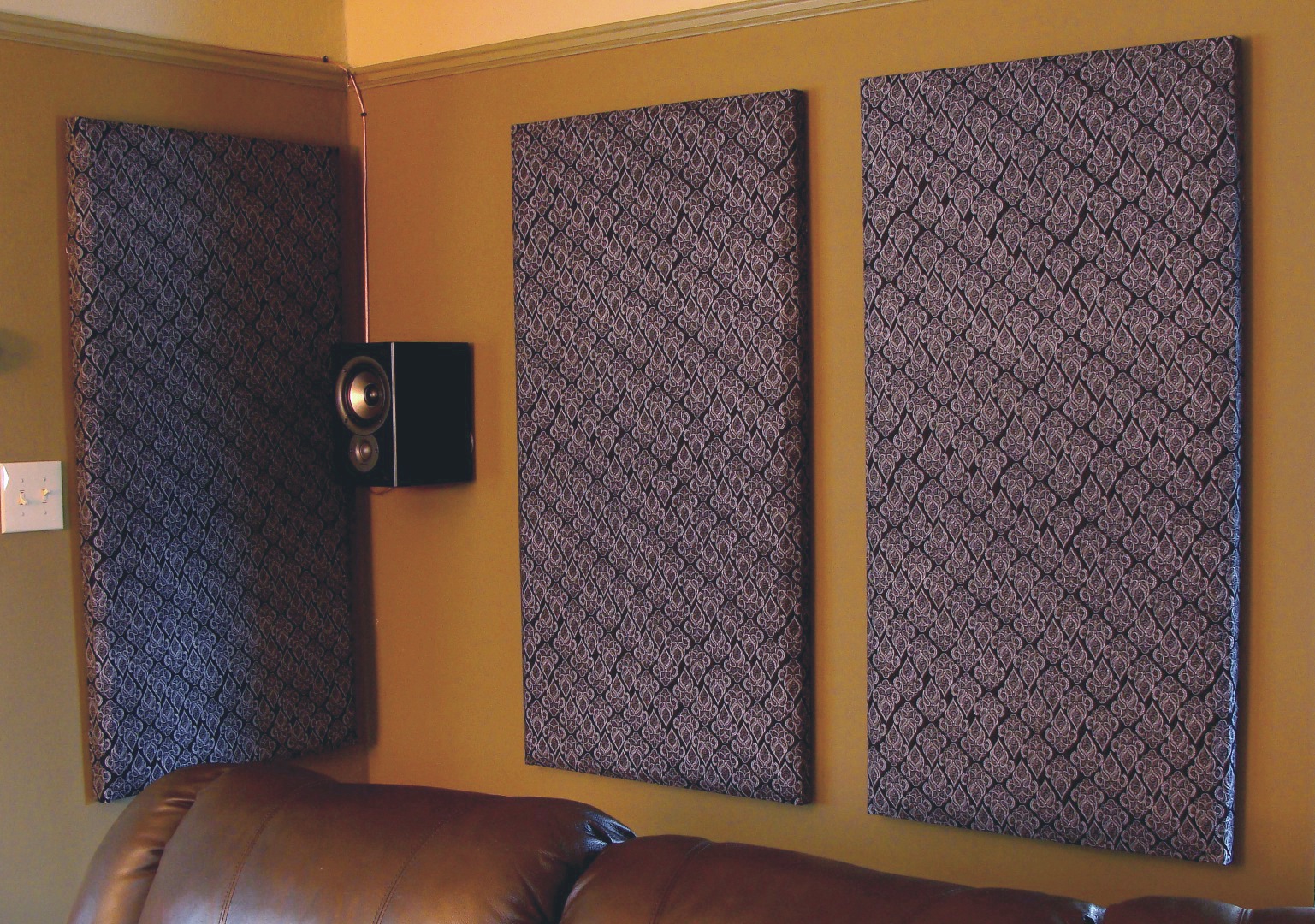
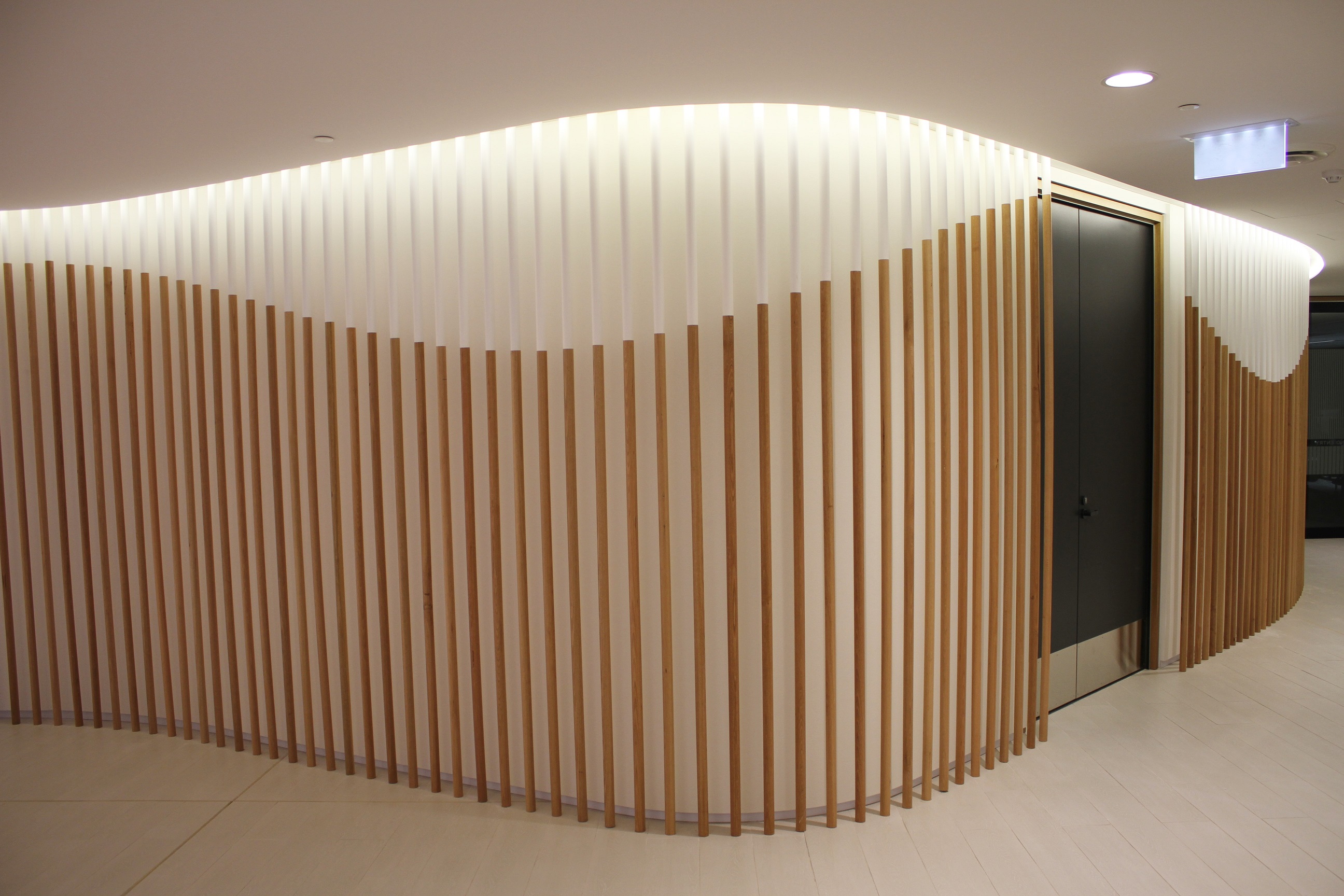
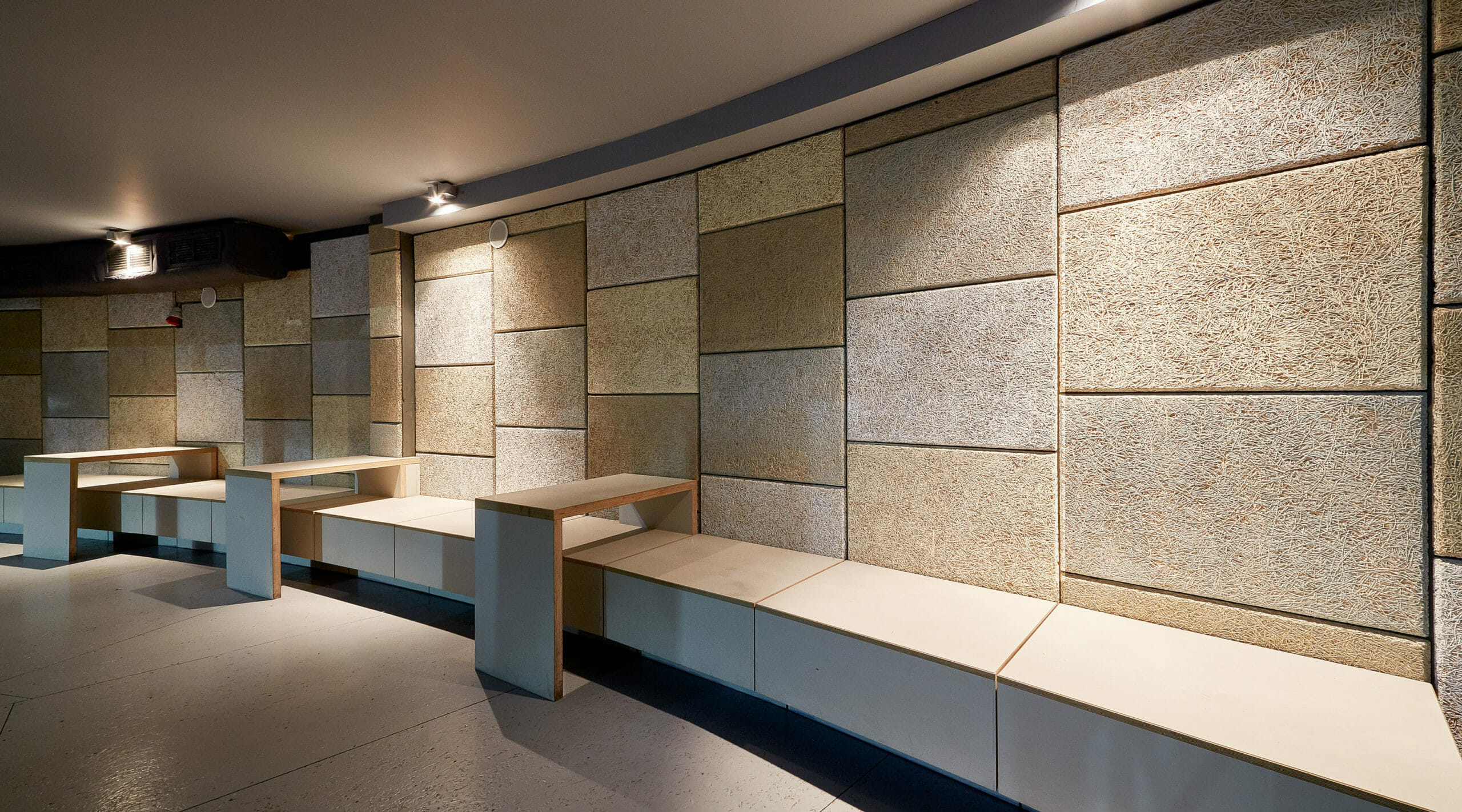

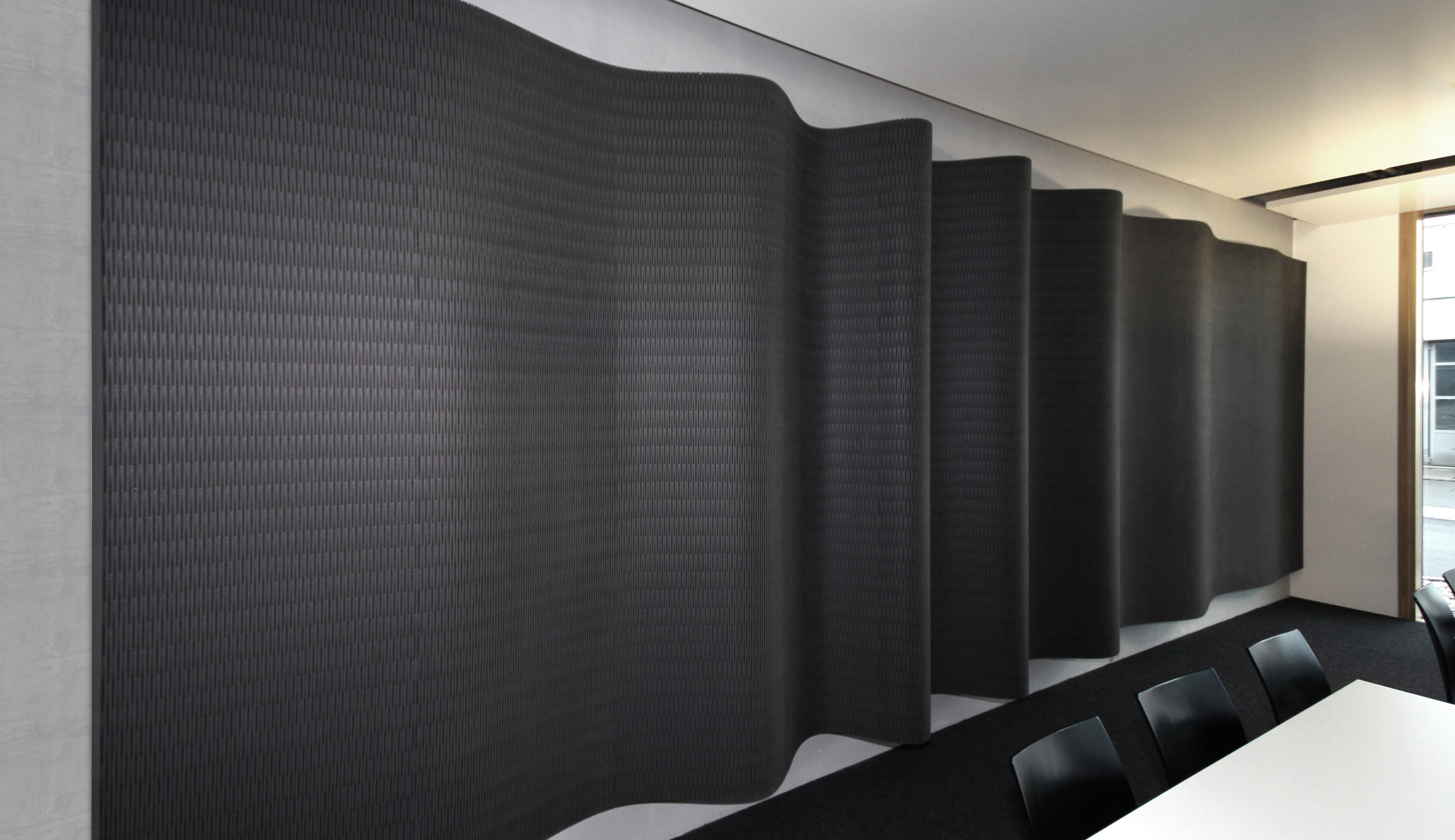

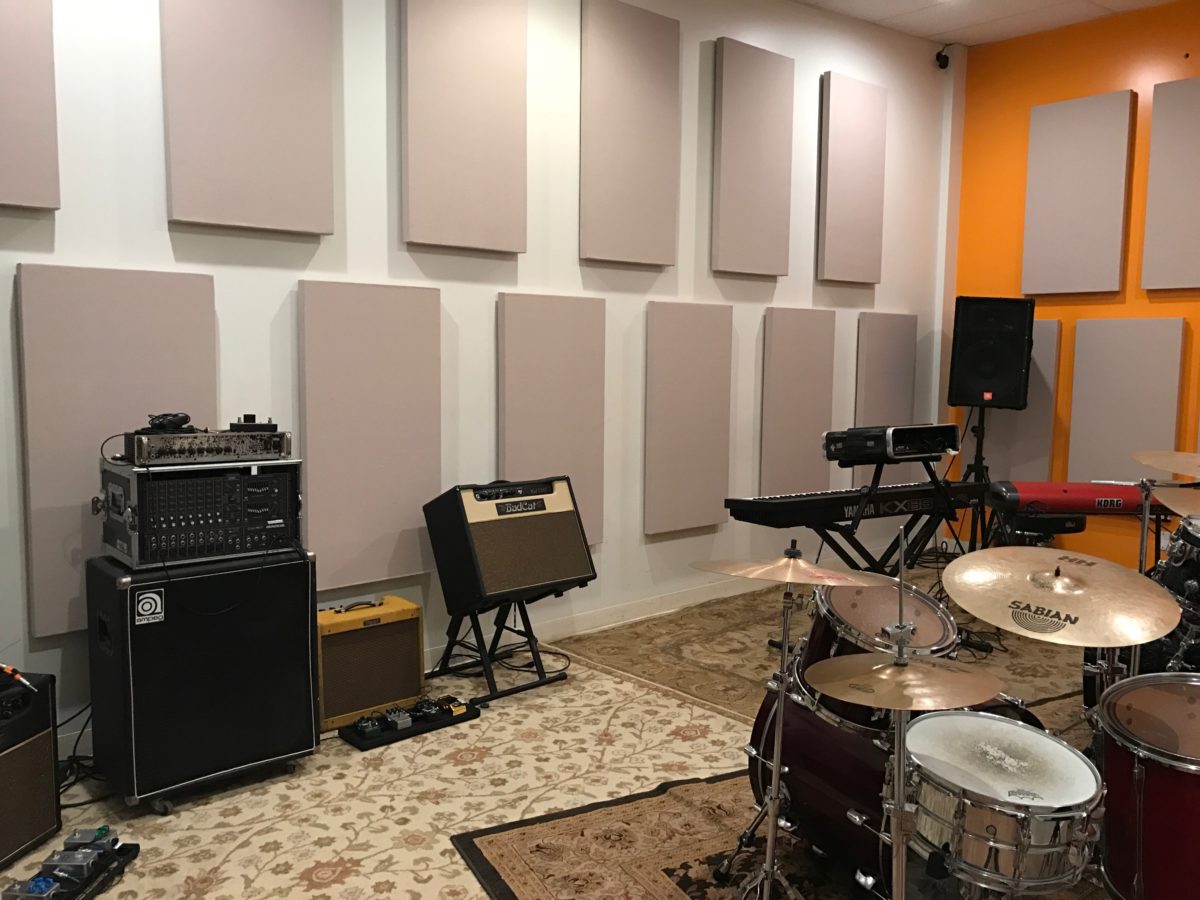

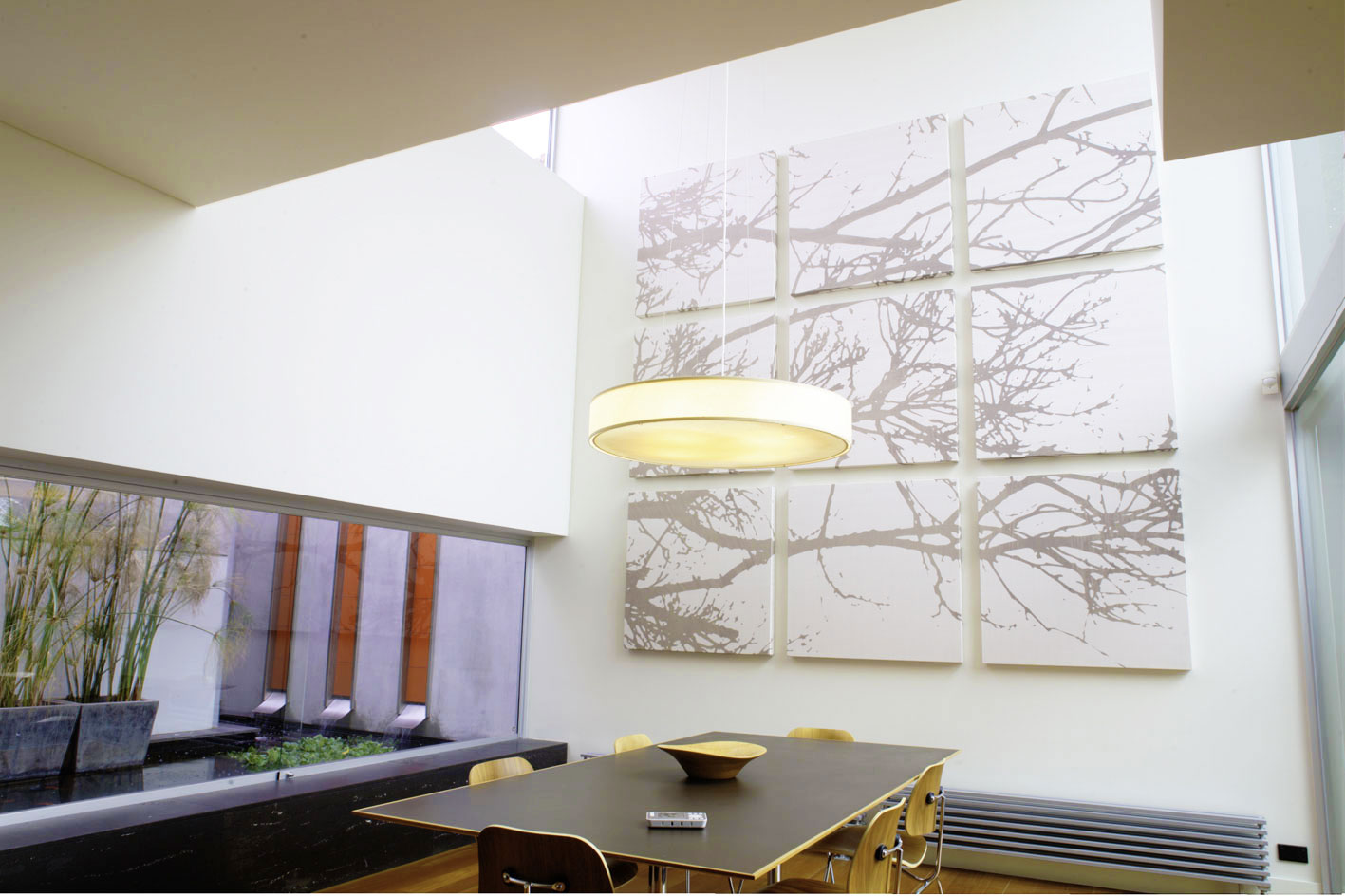
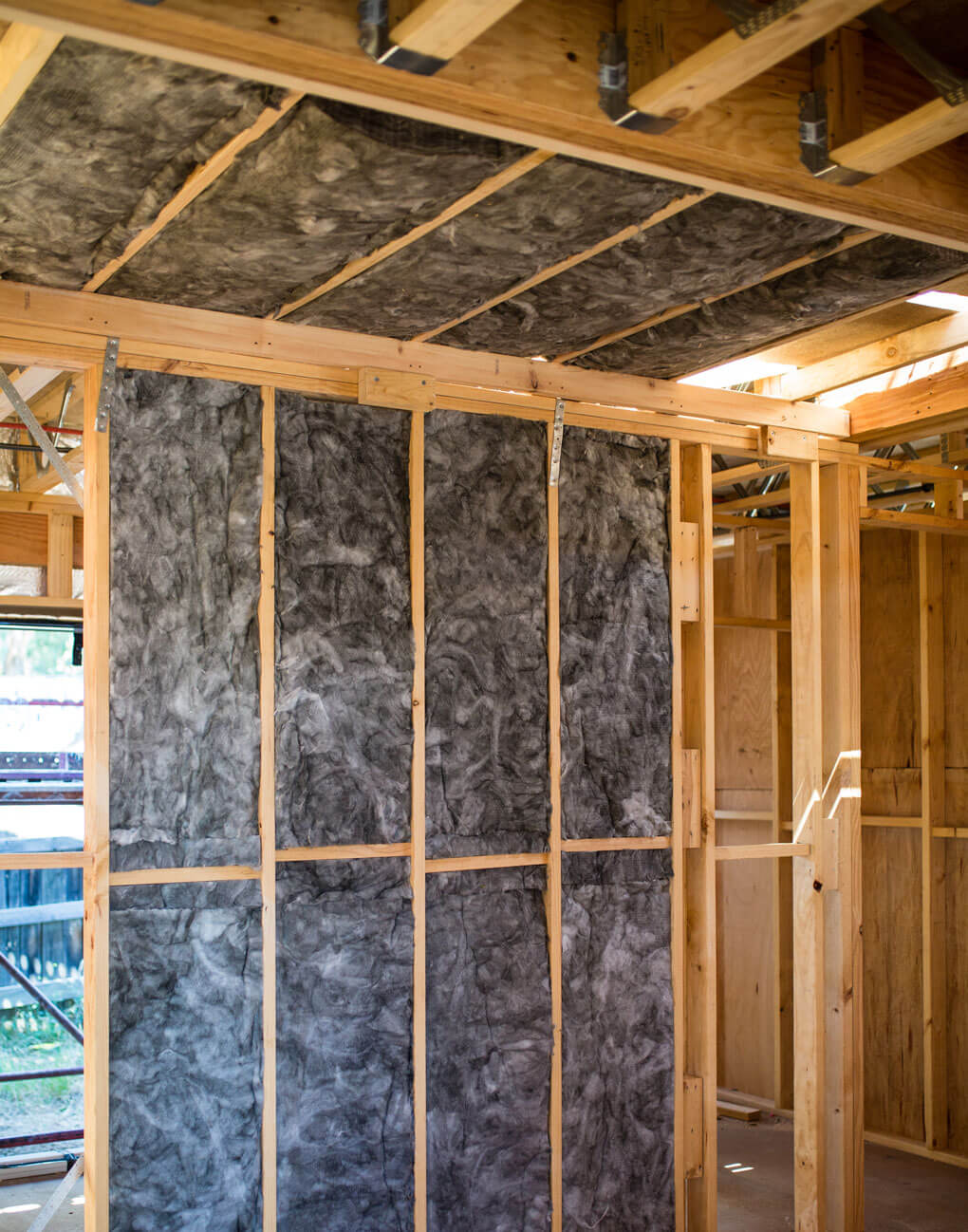



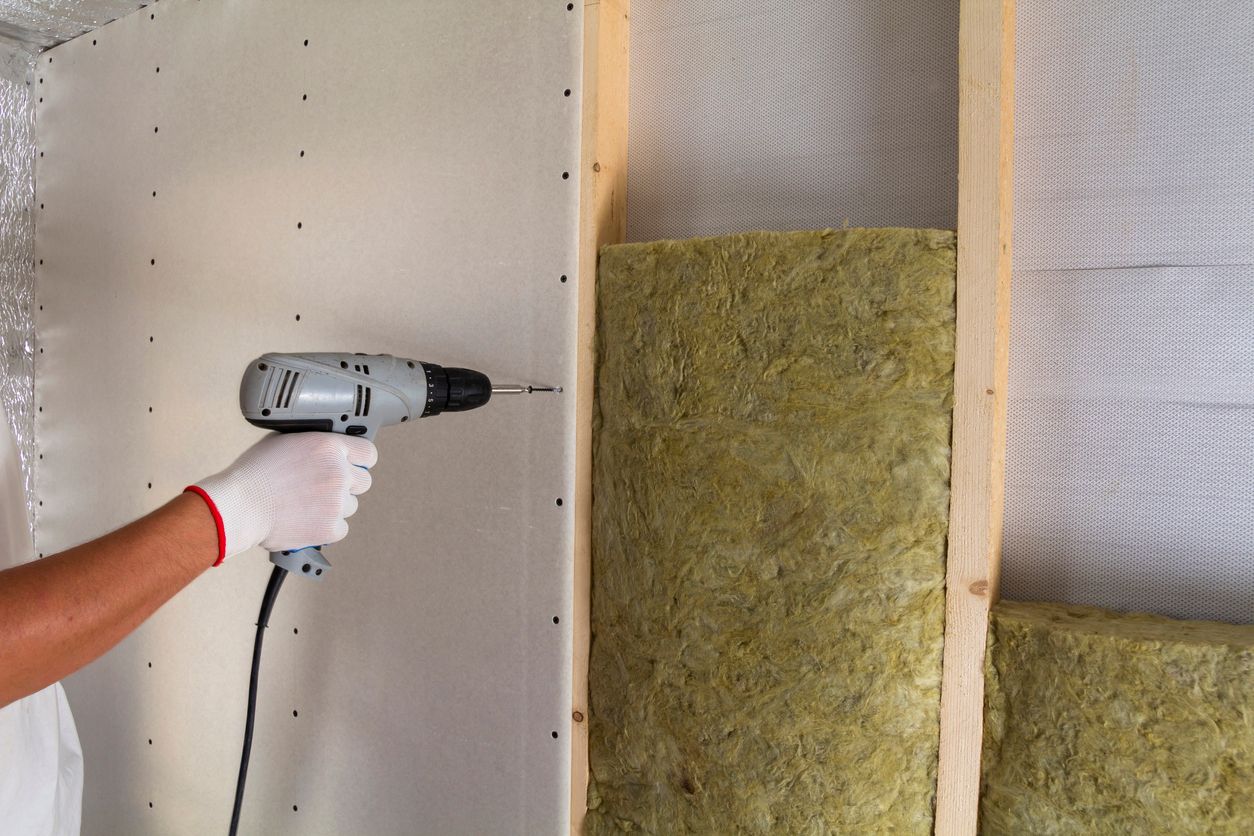





.jpg)

